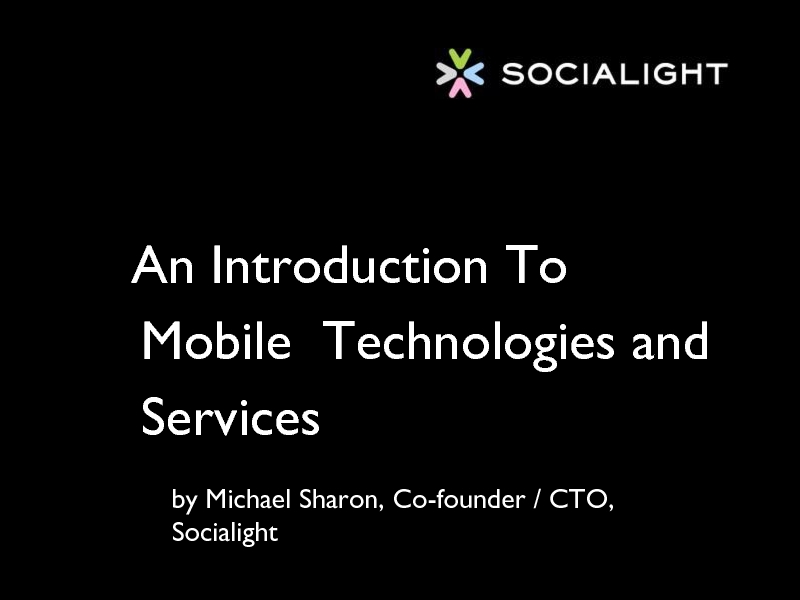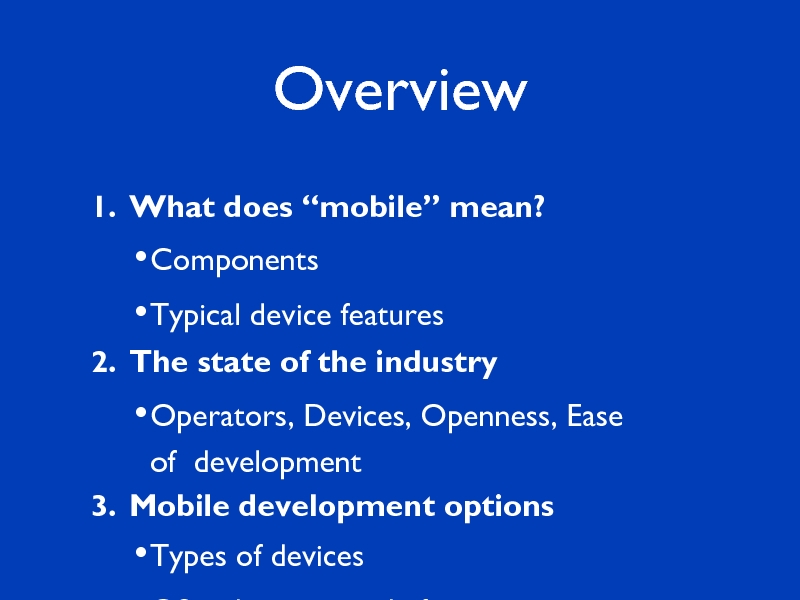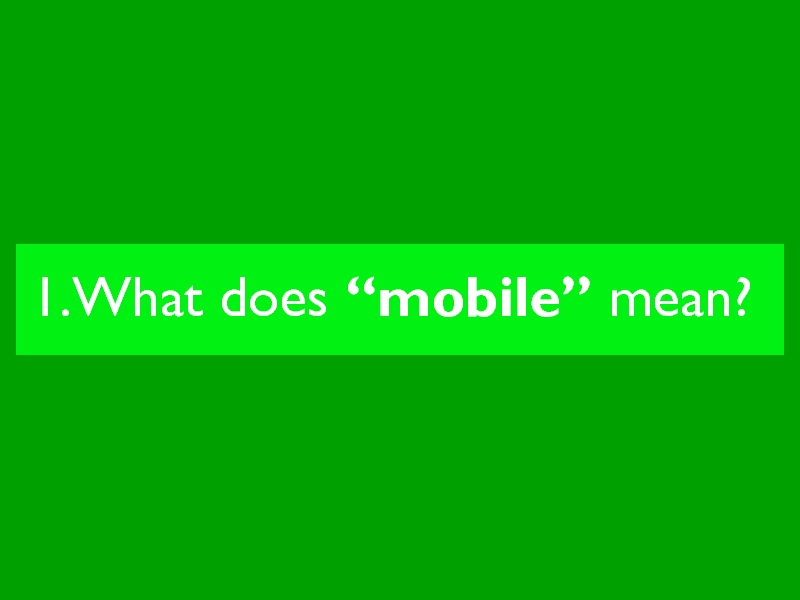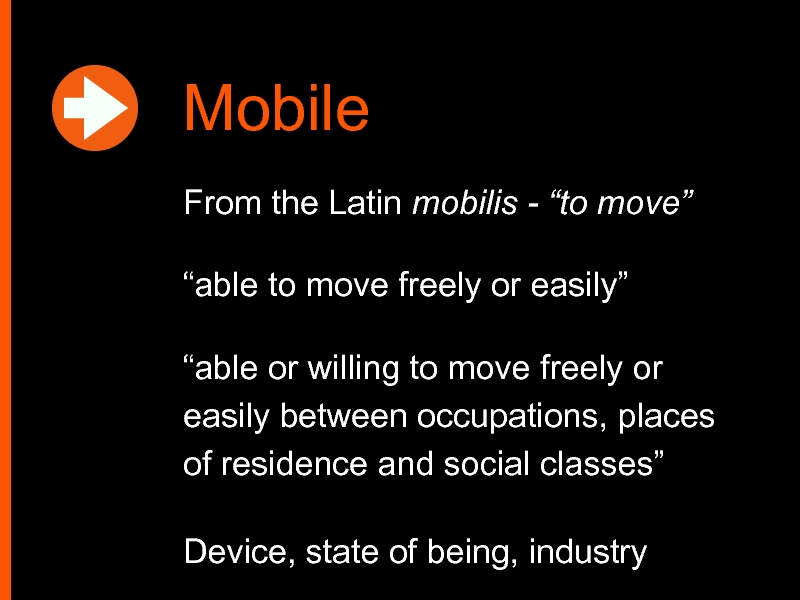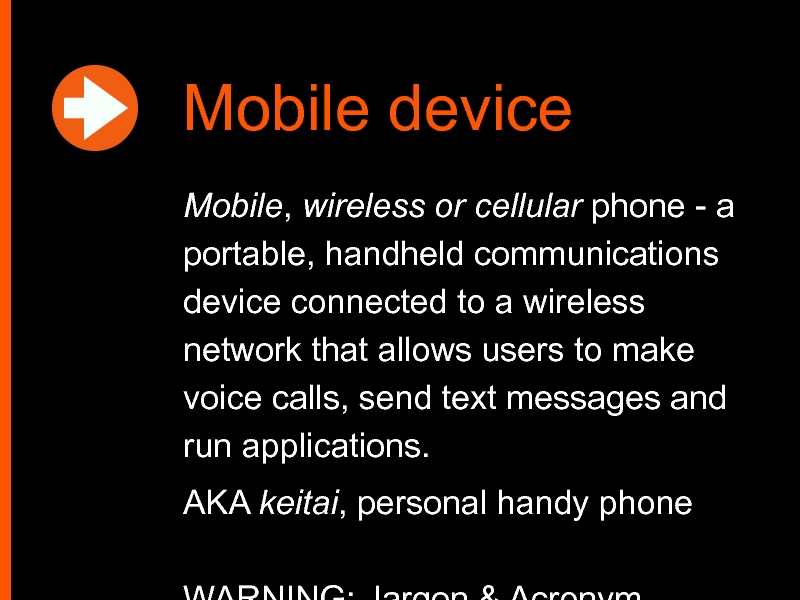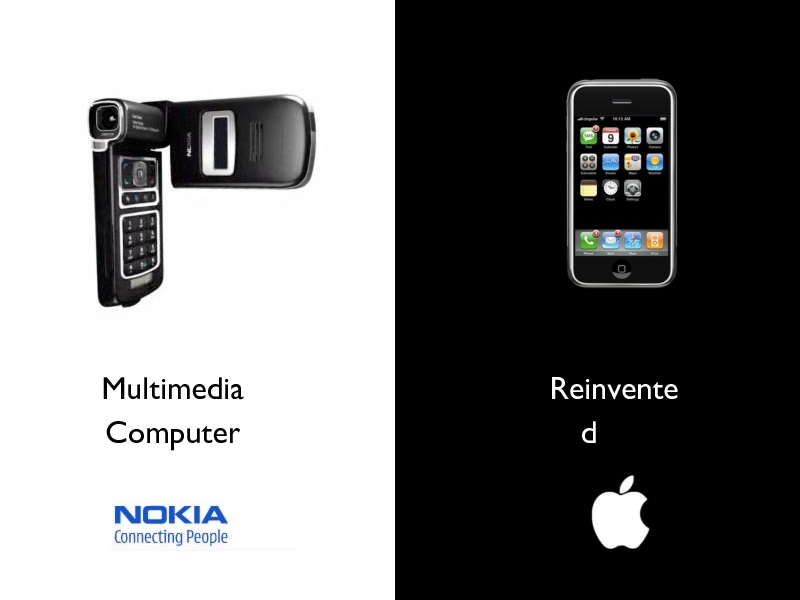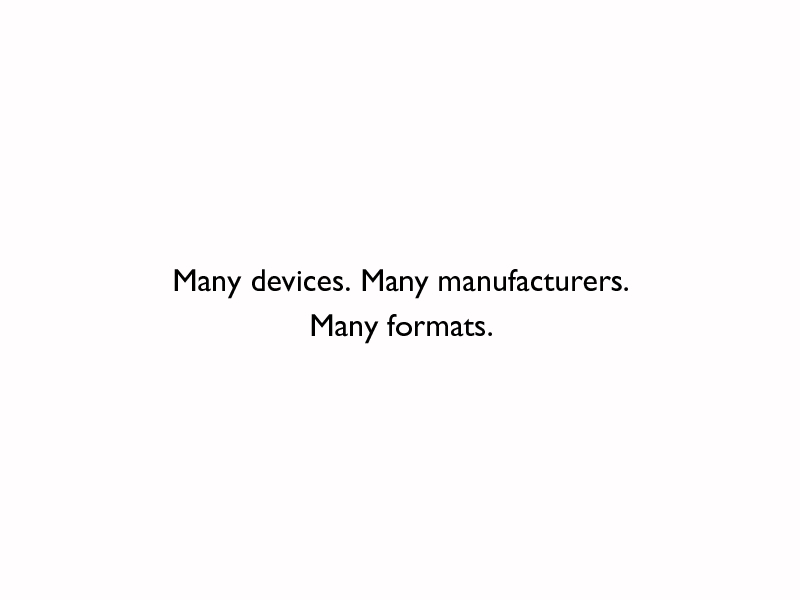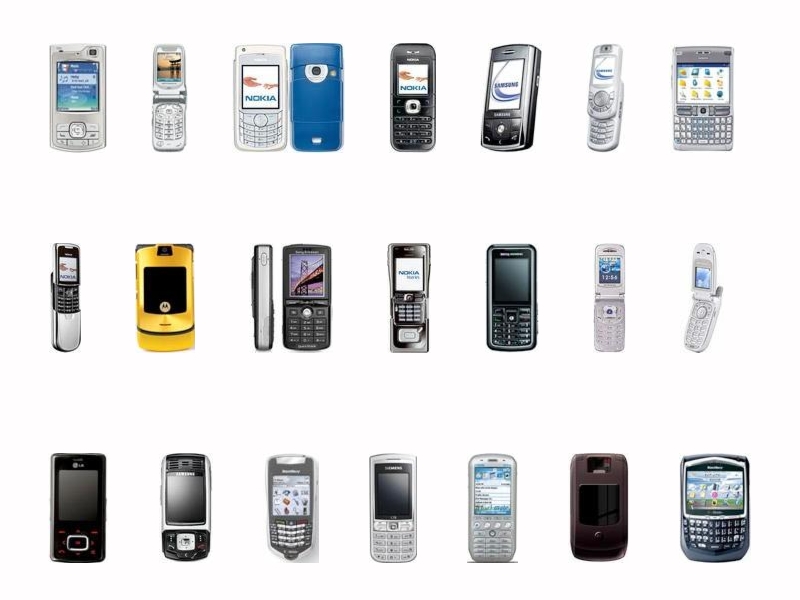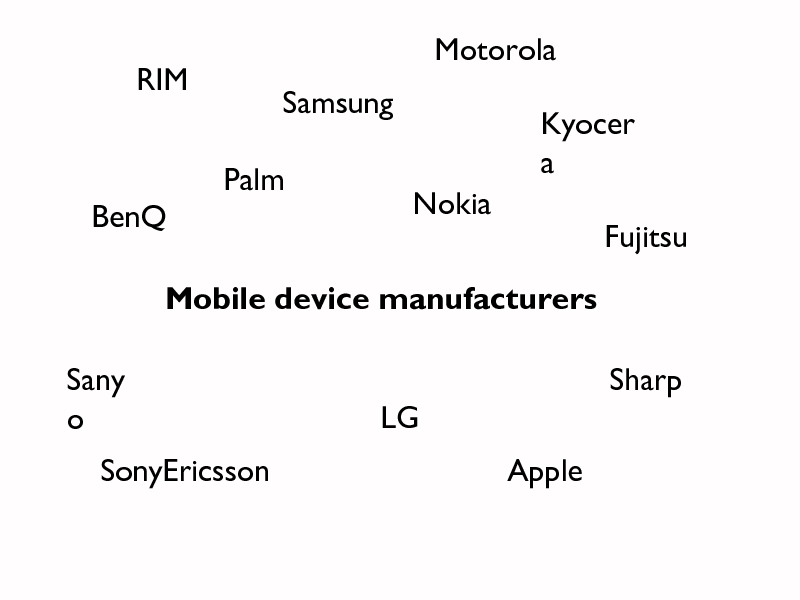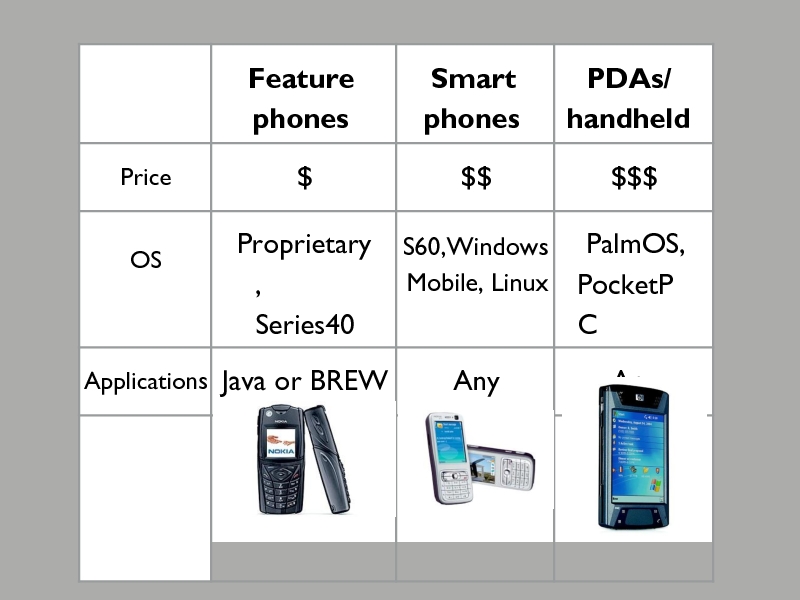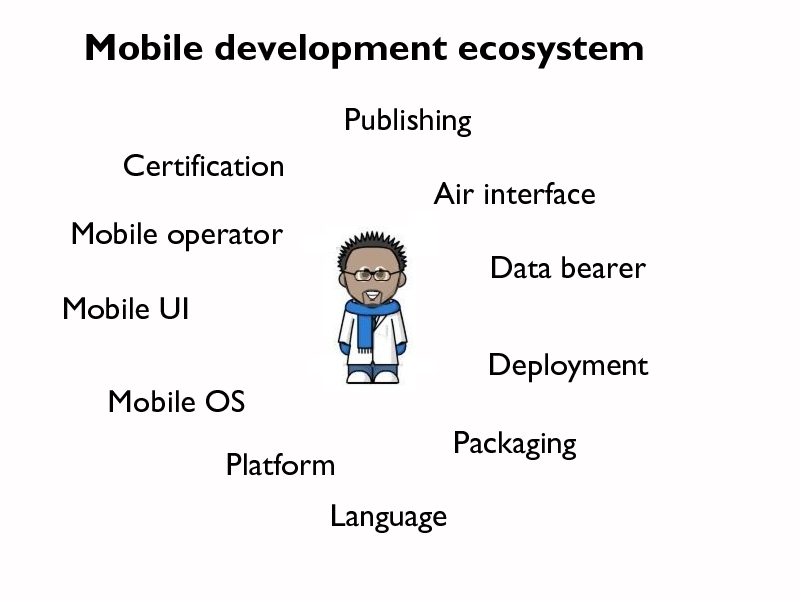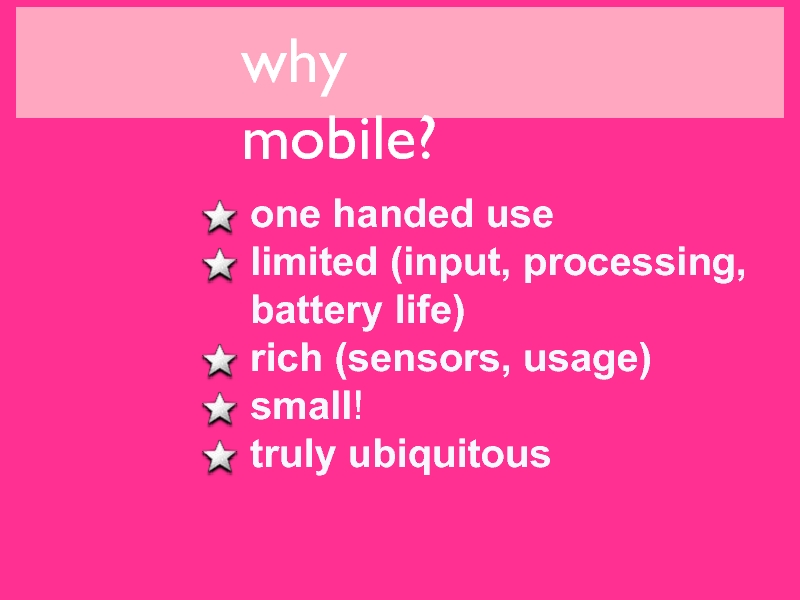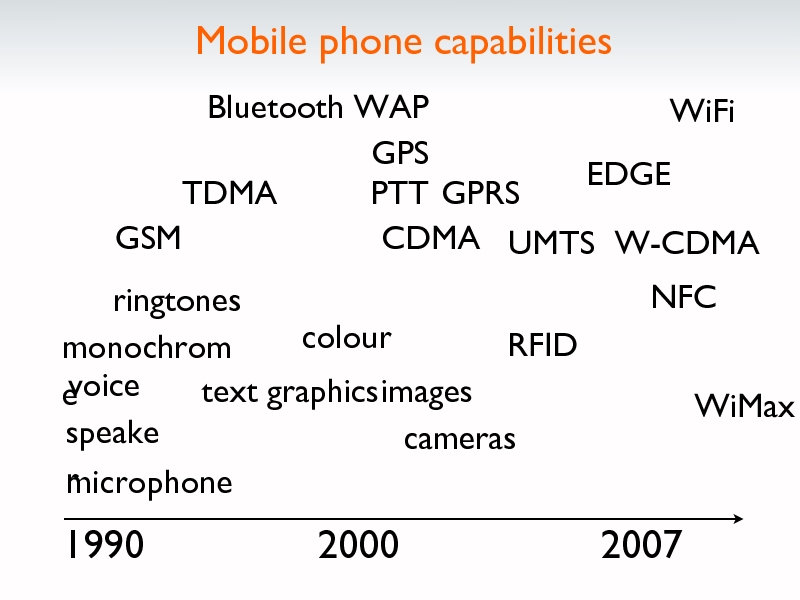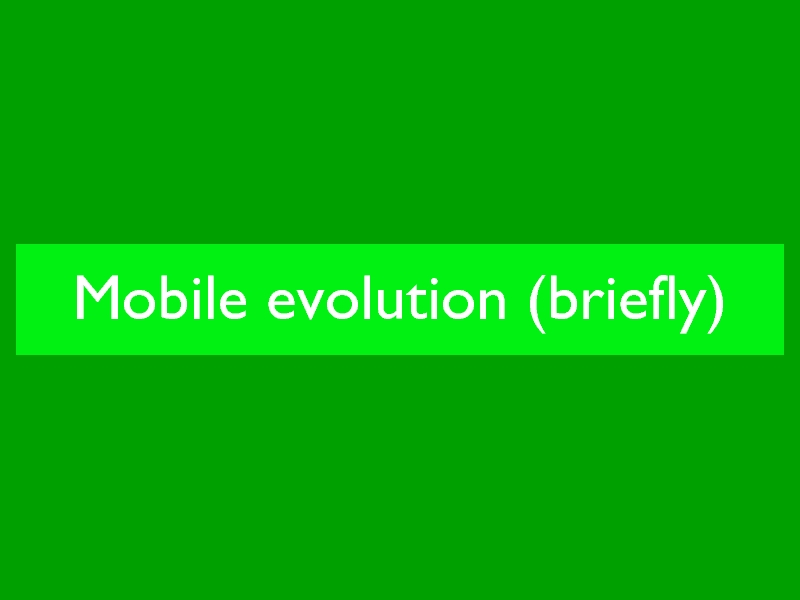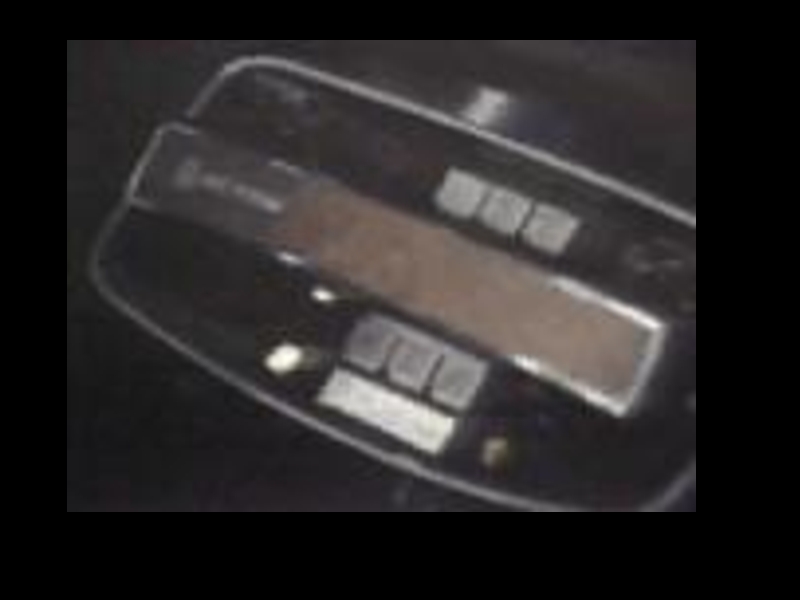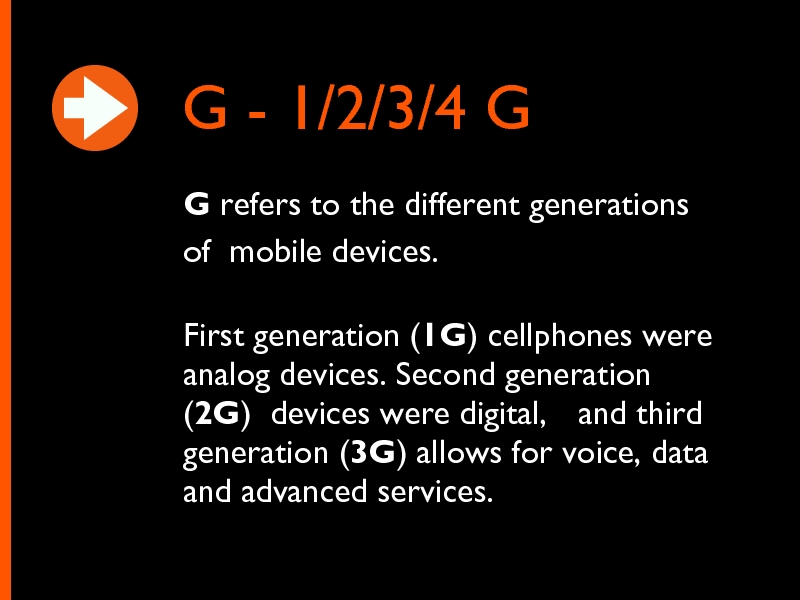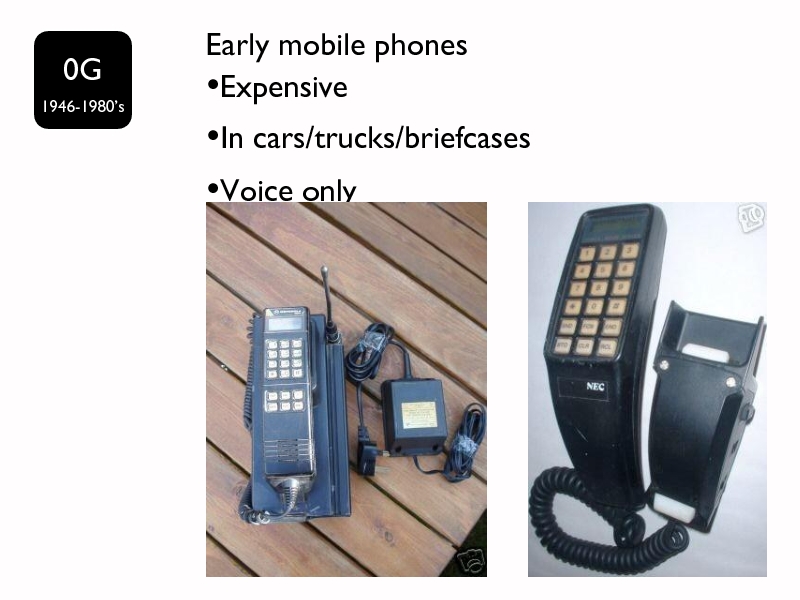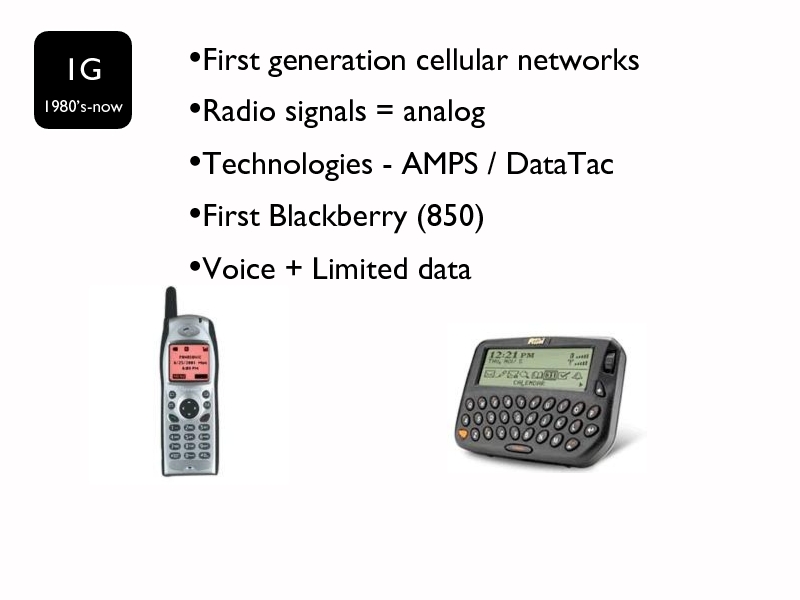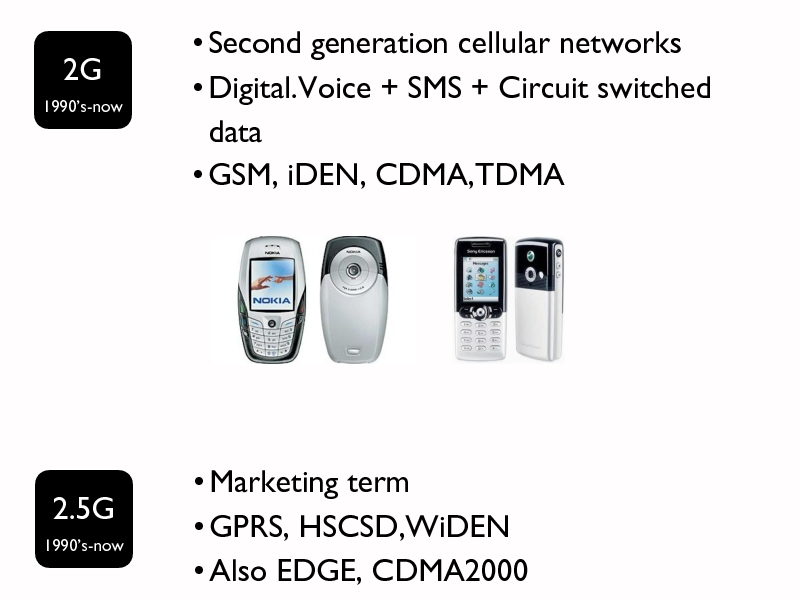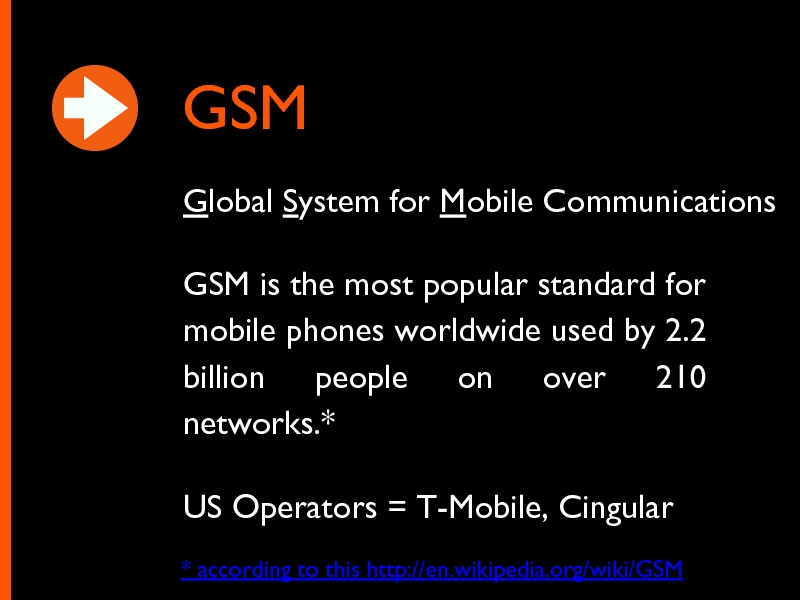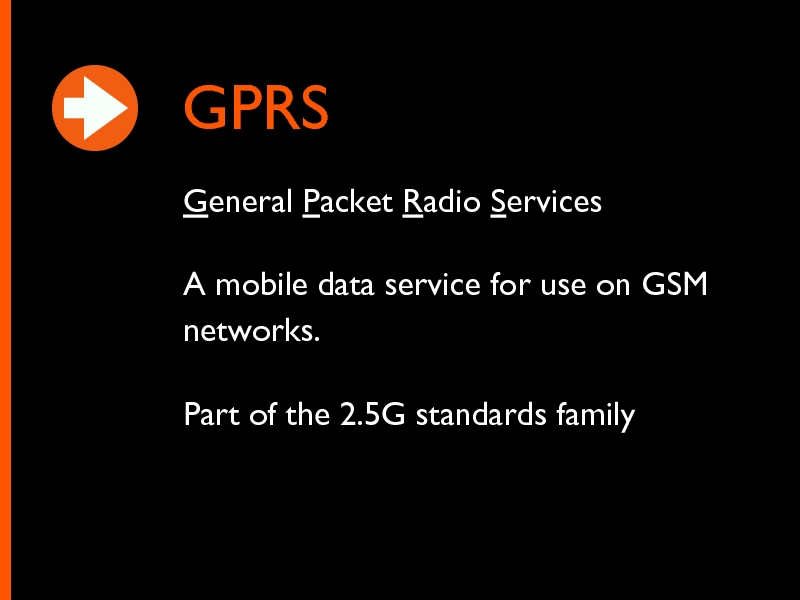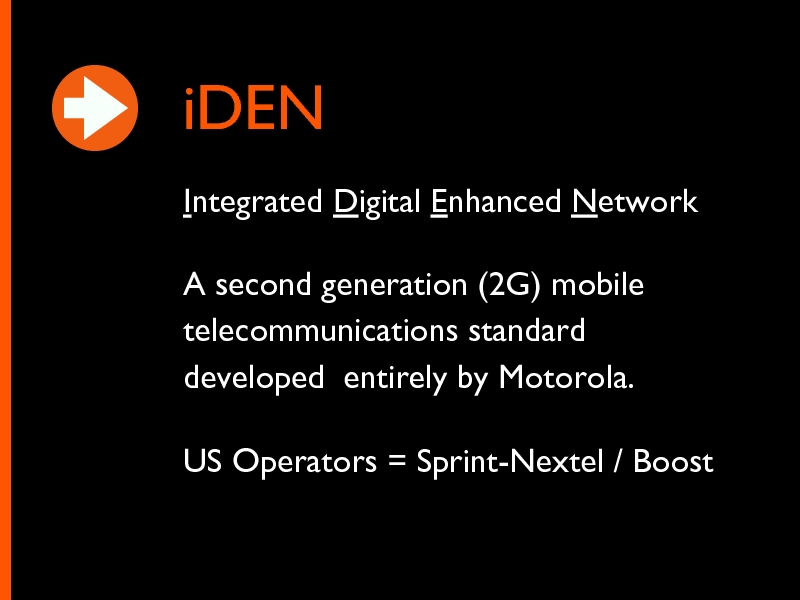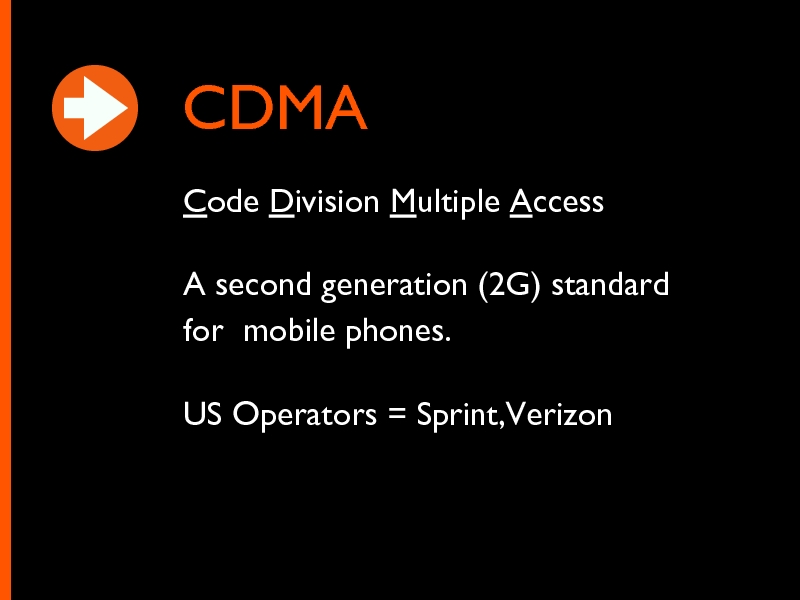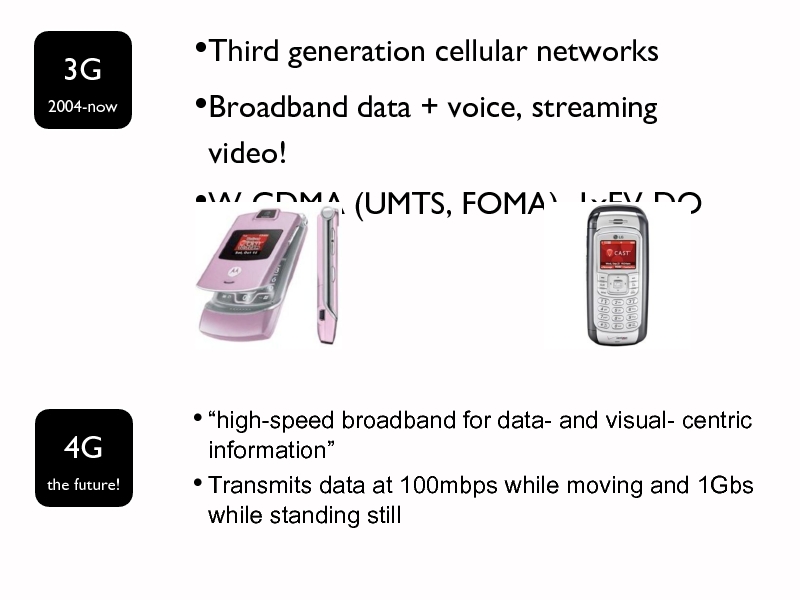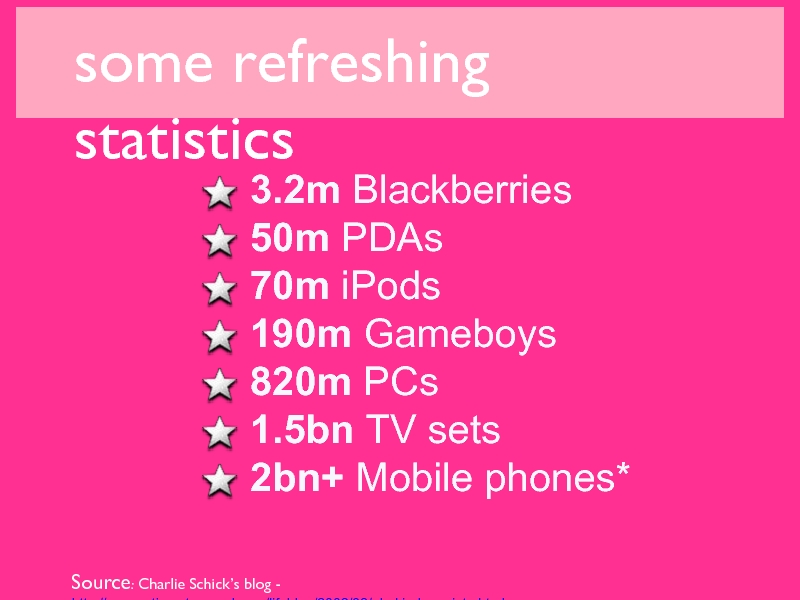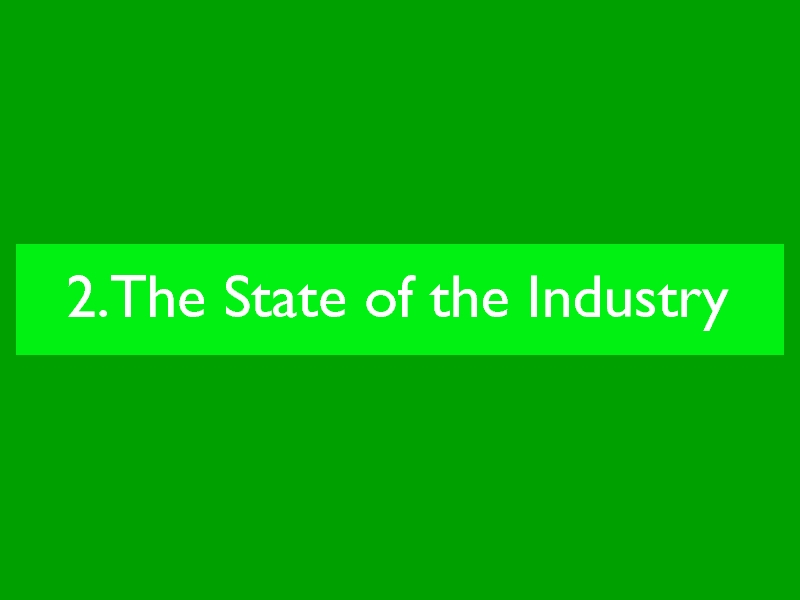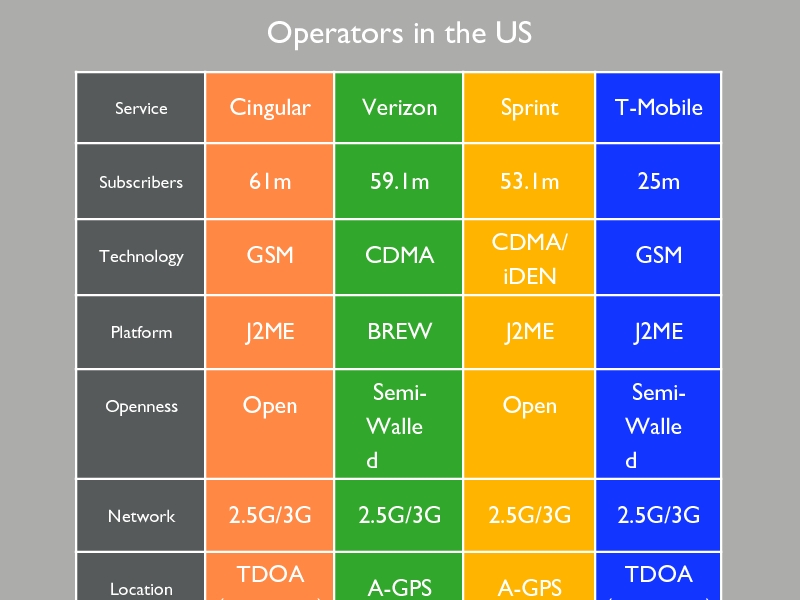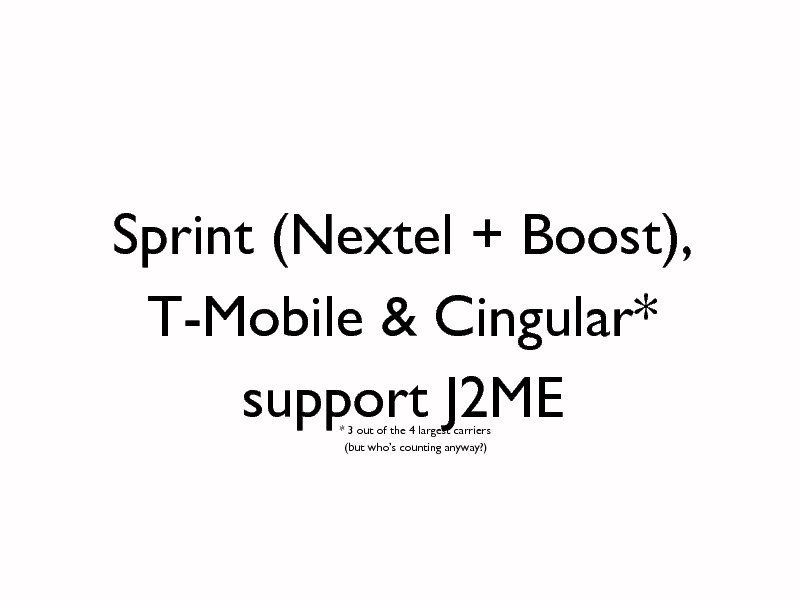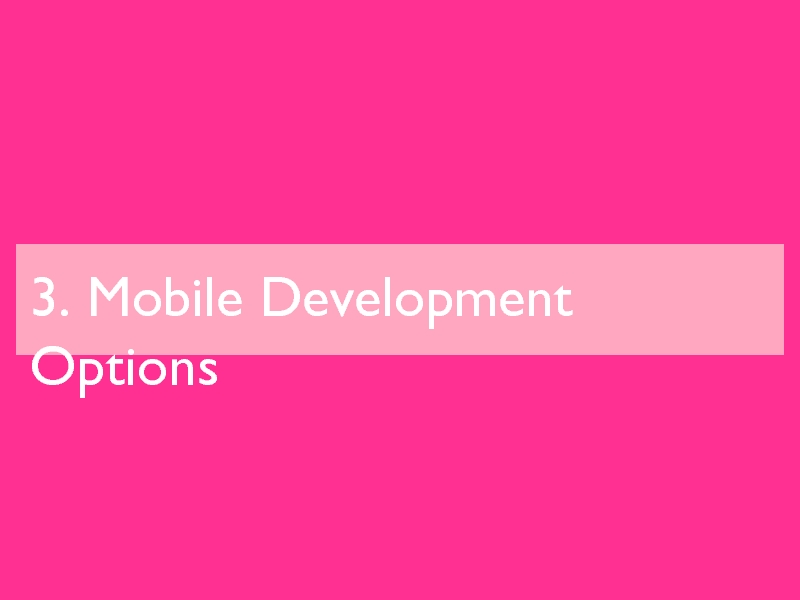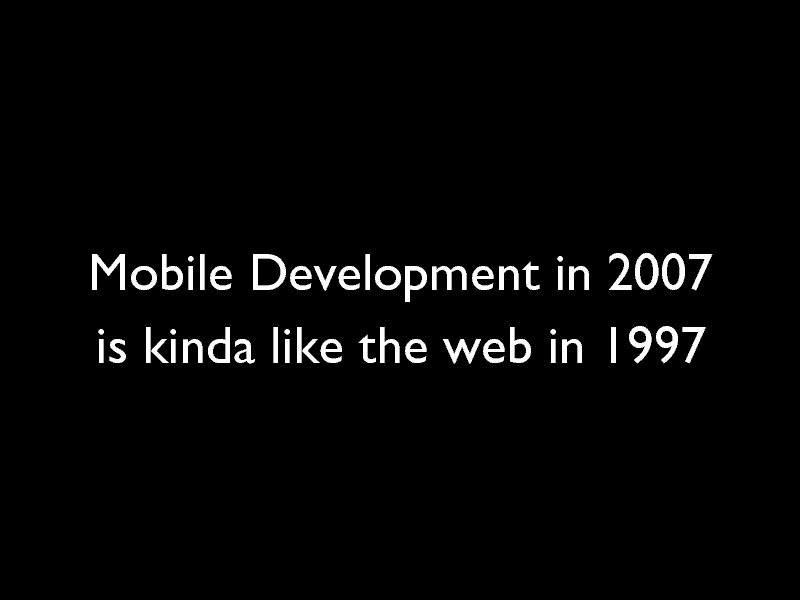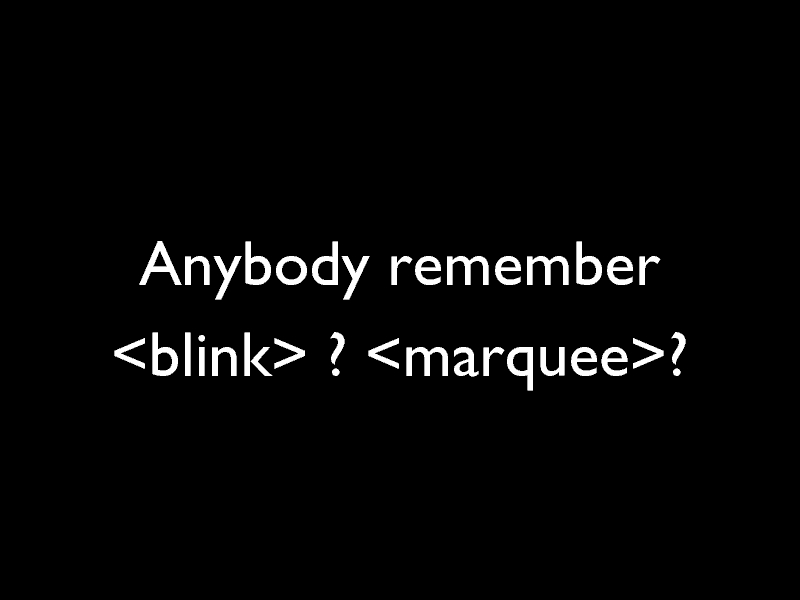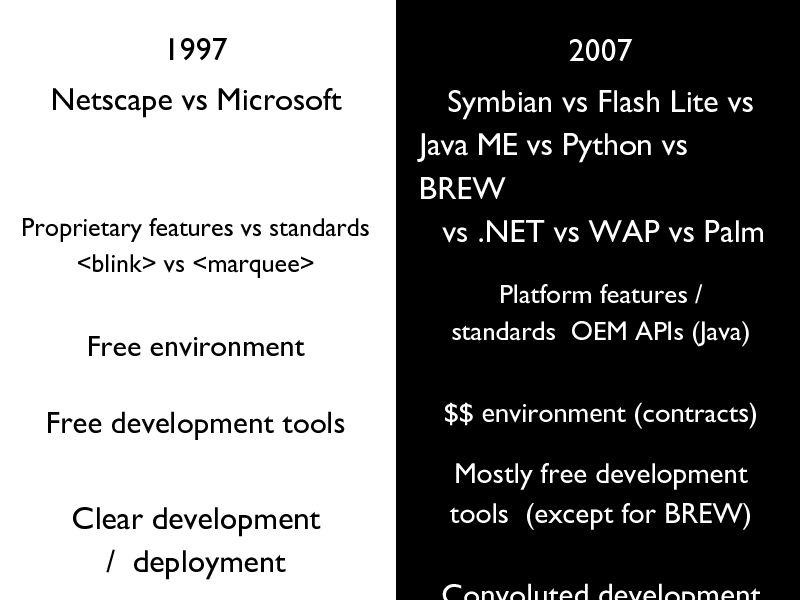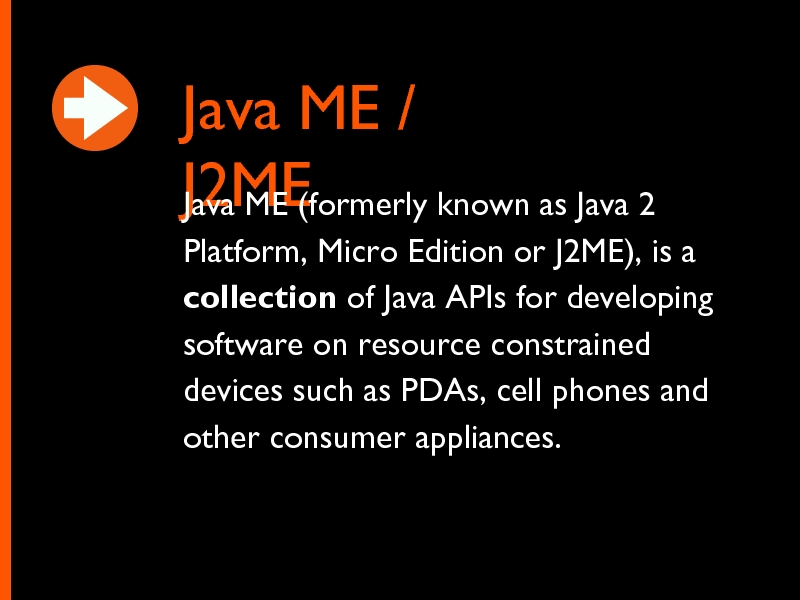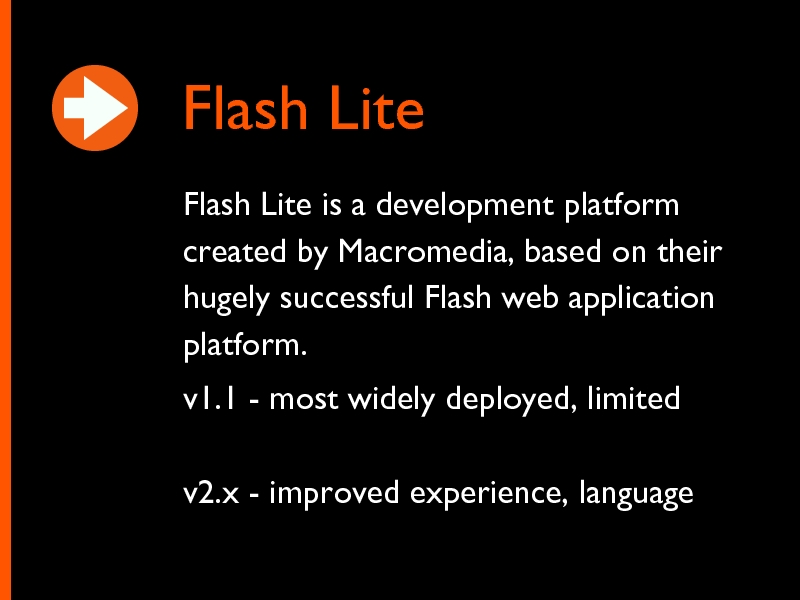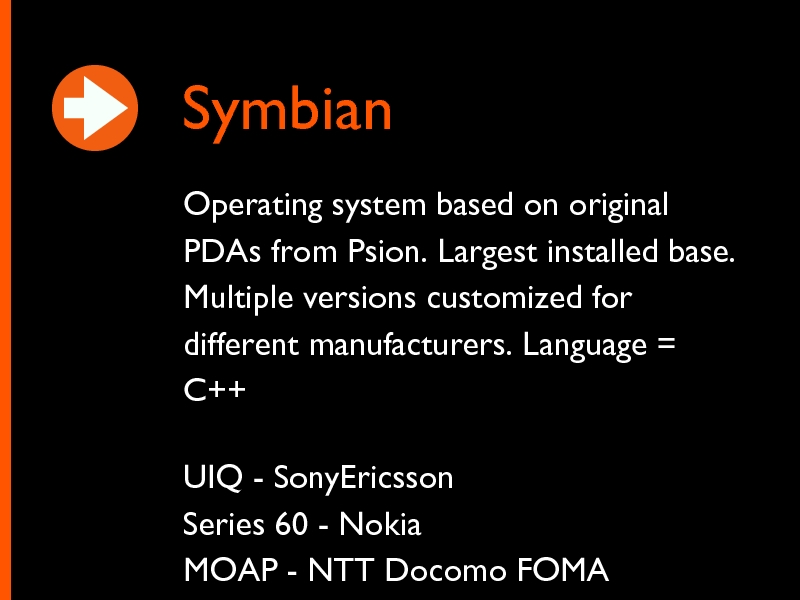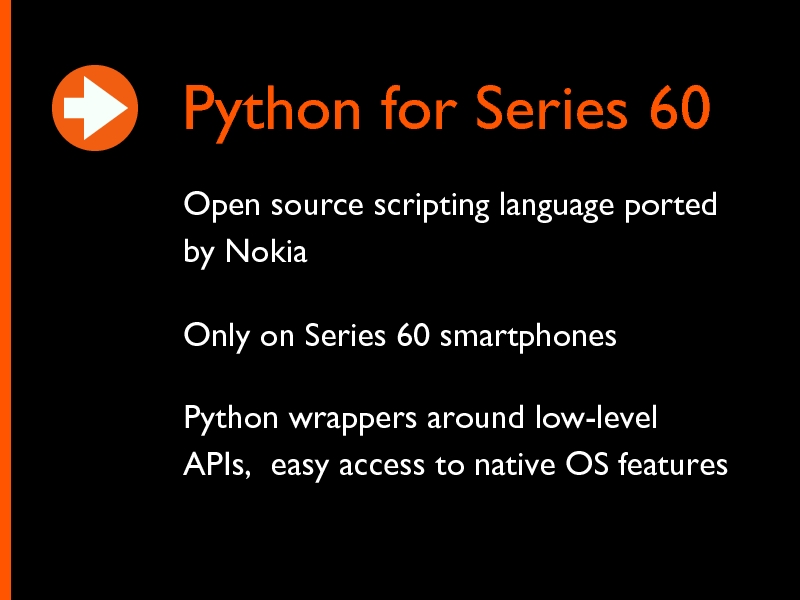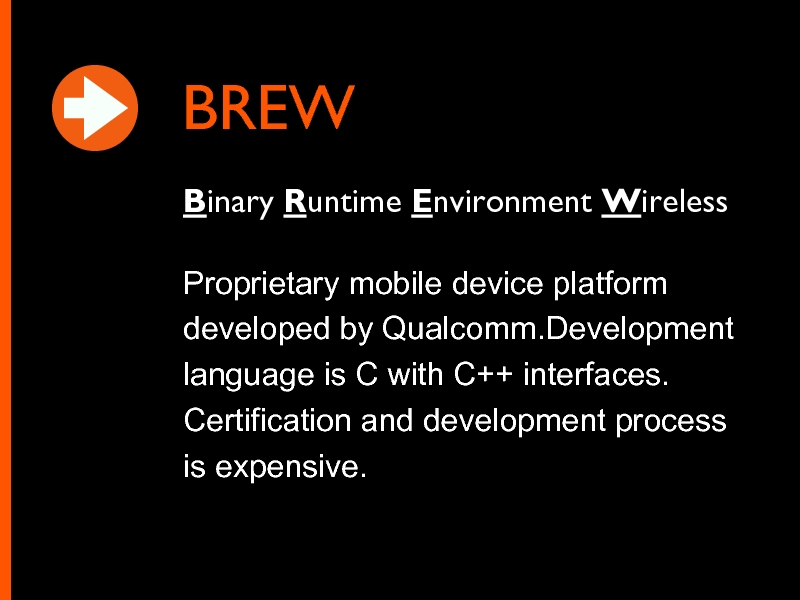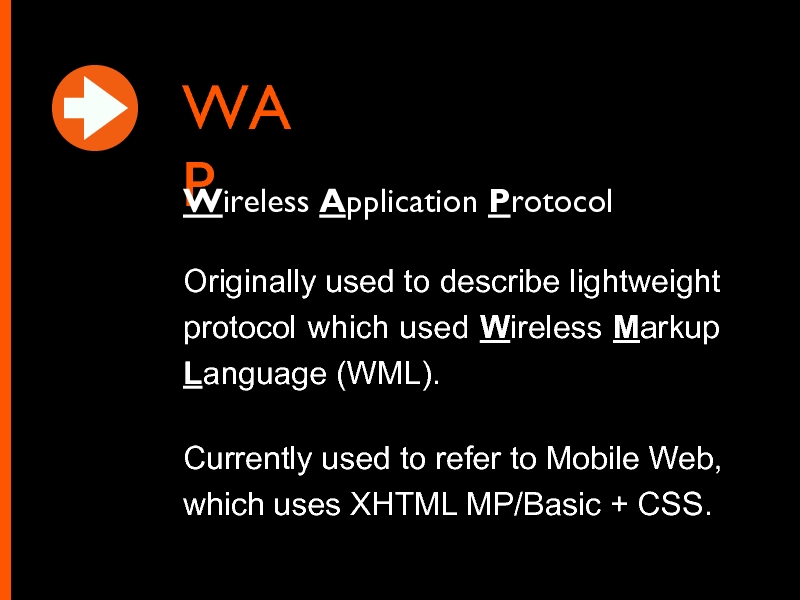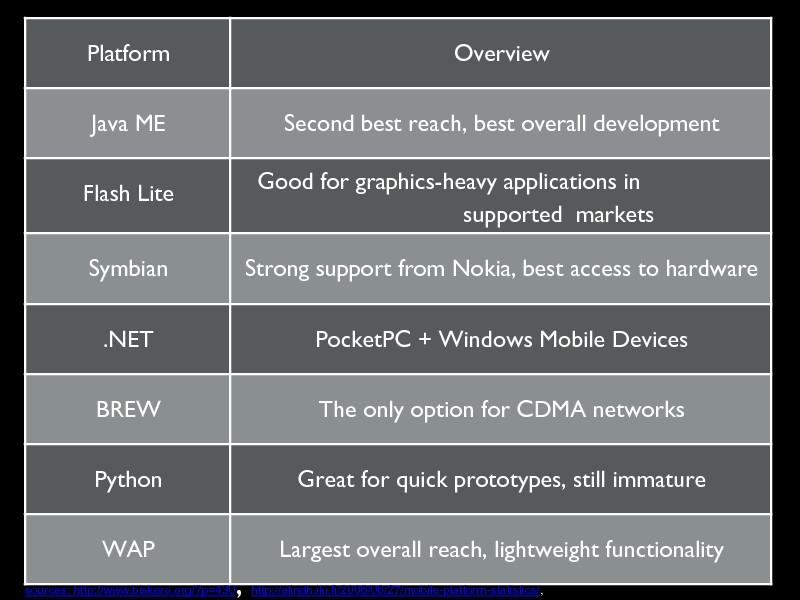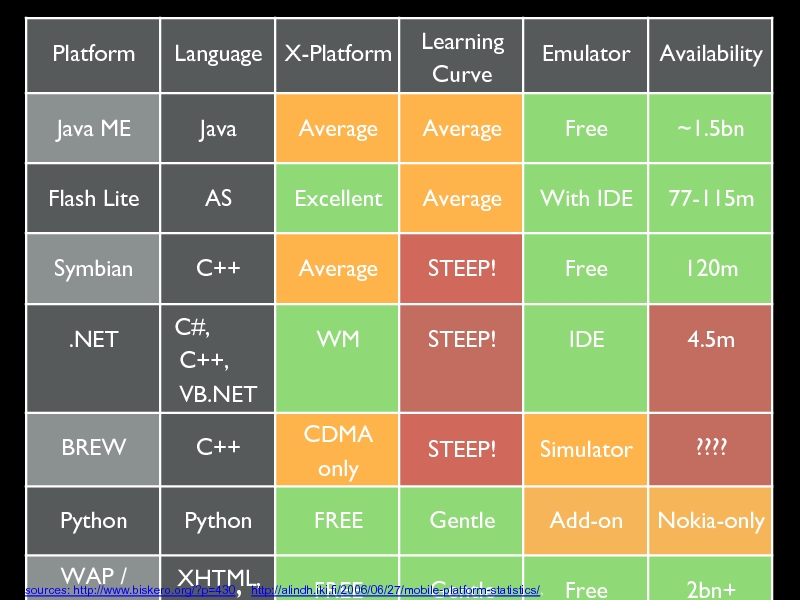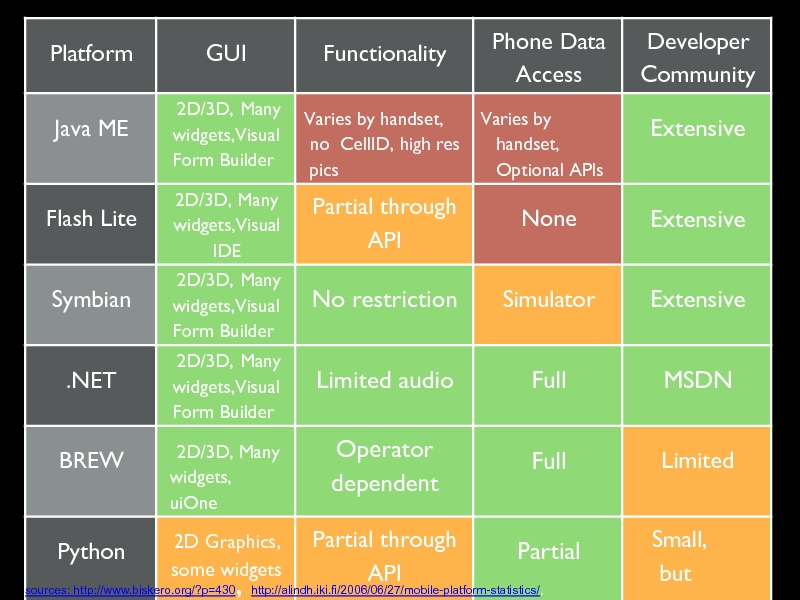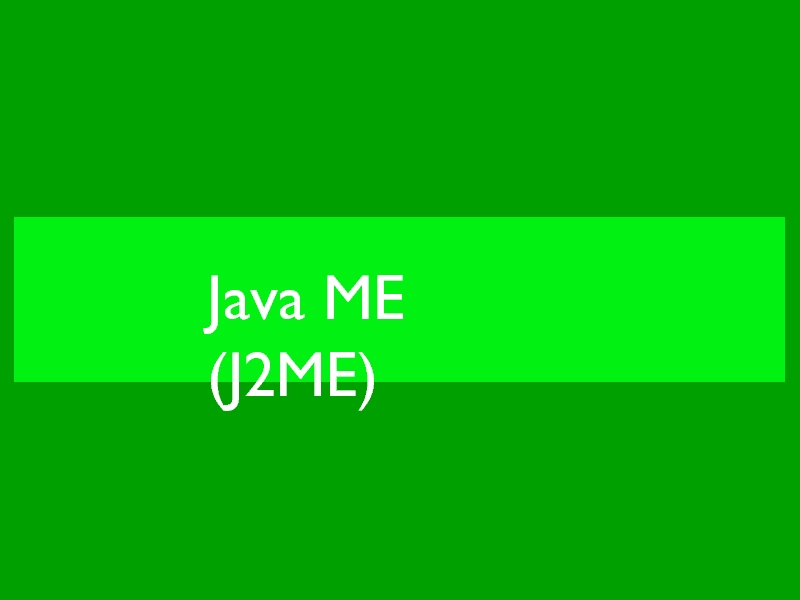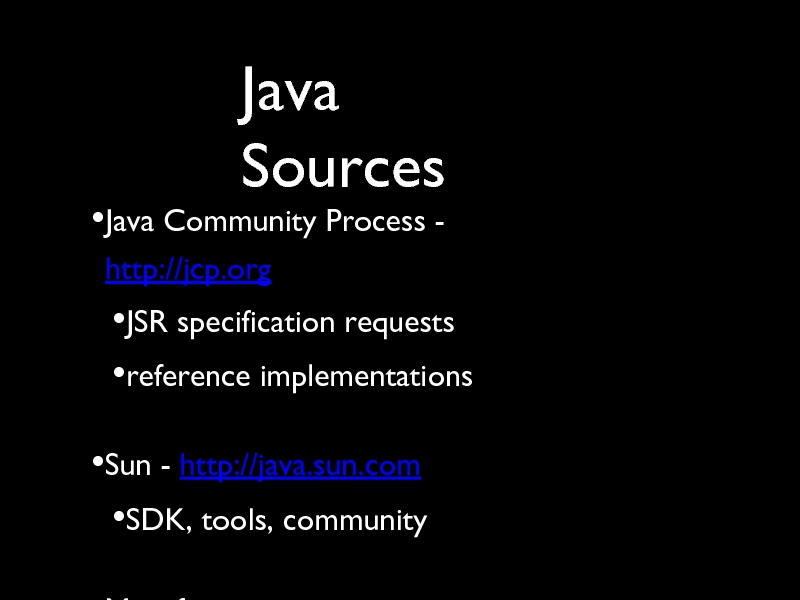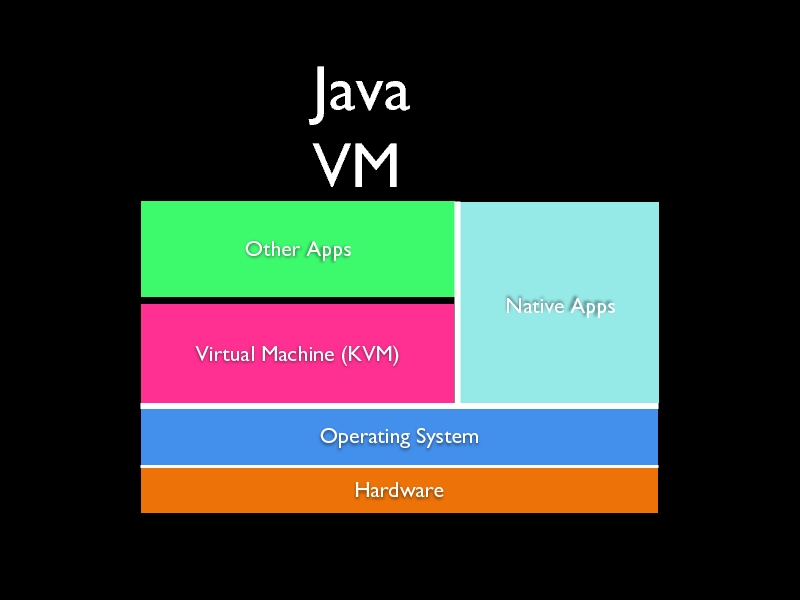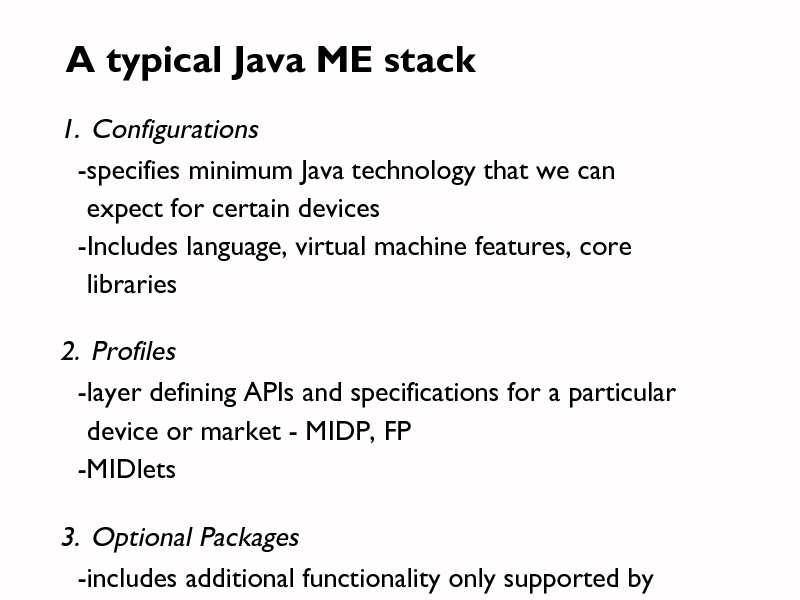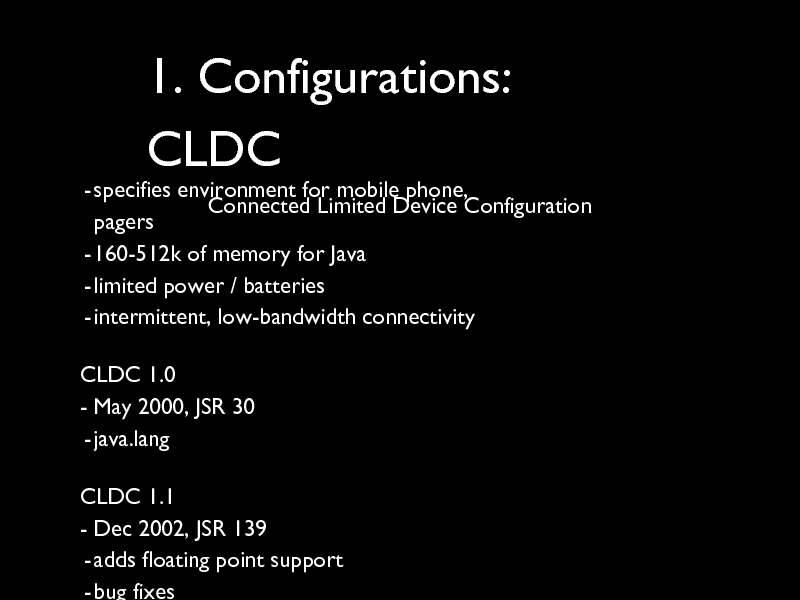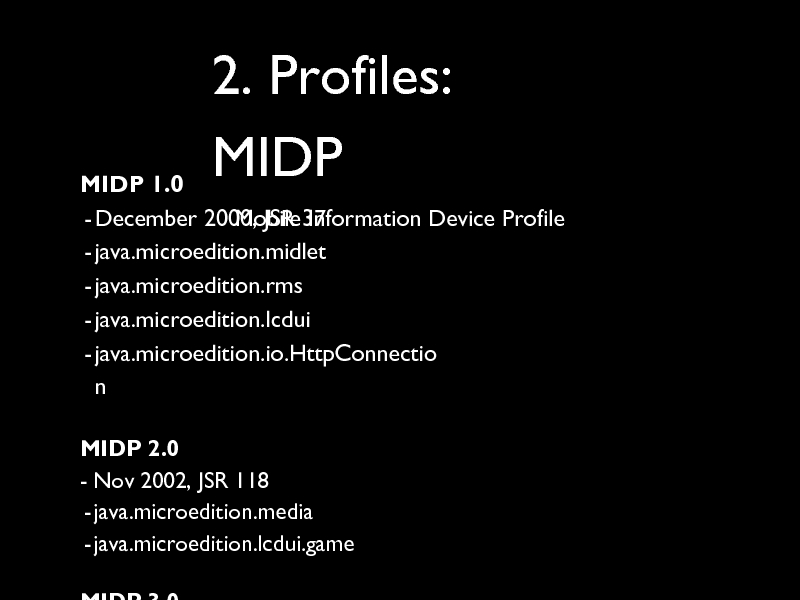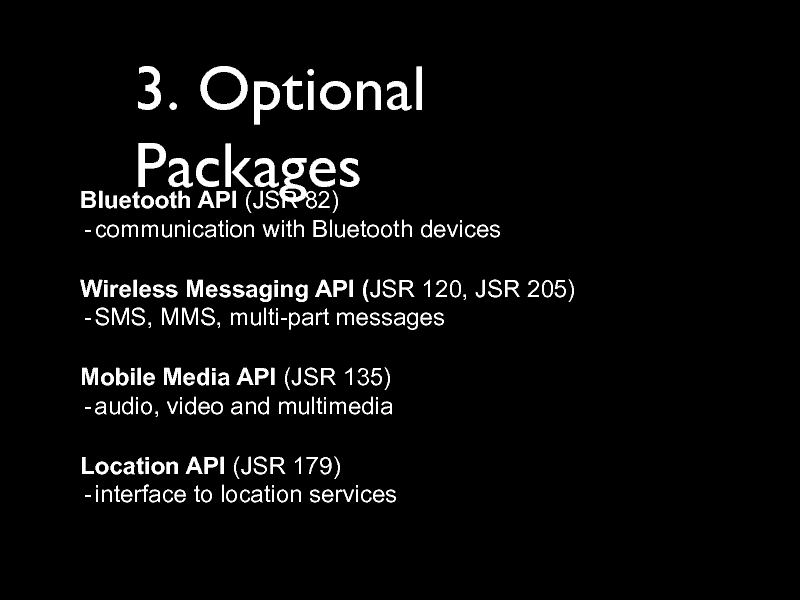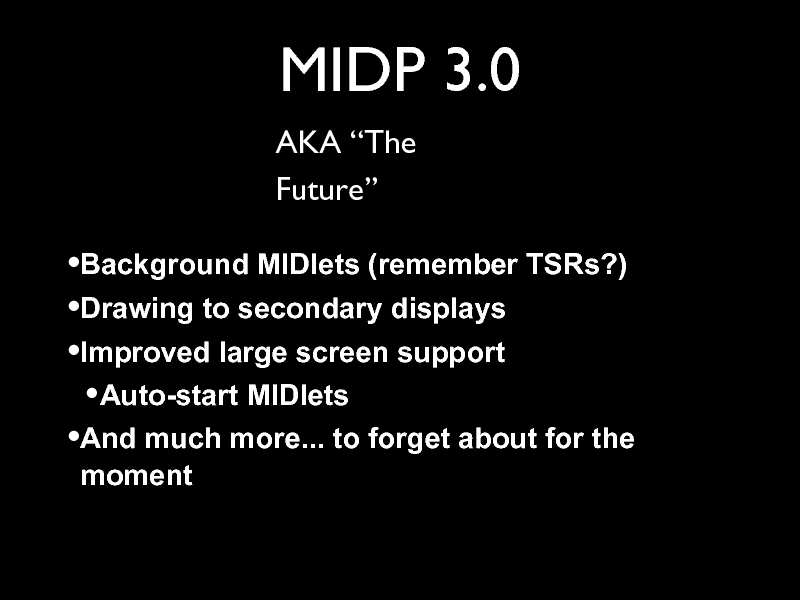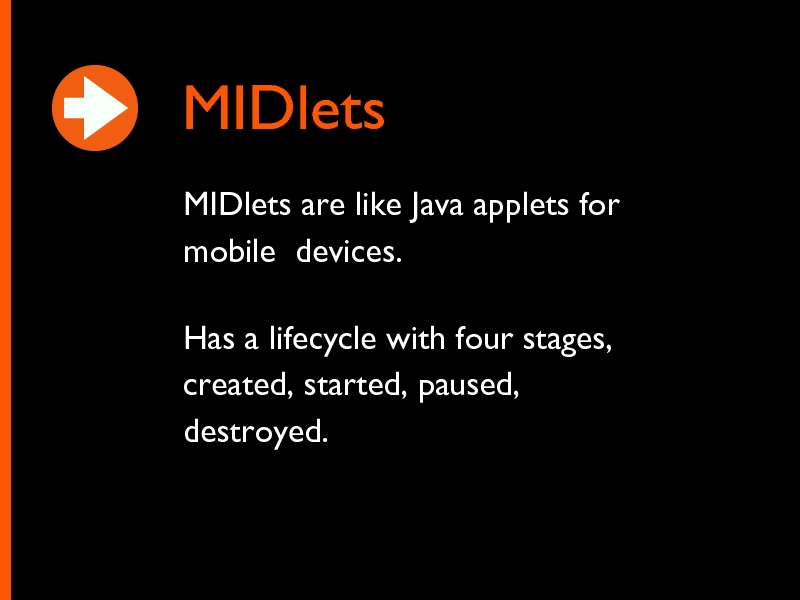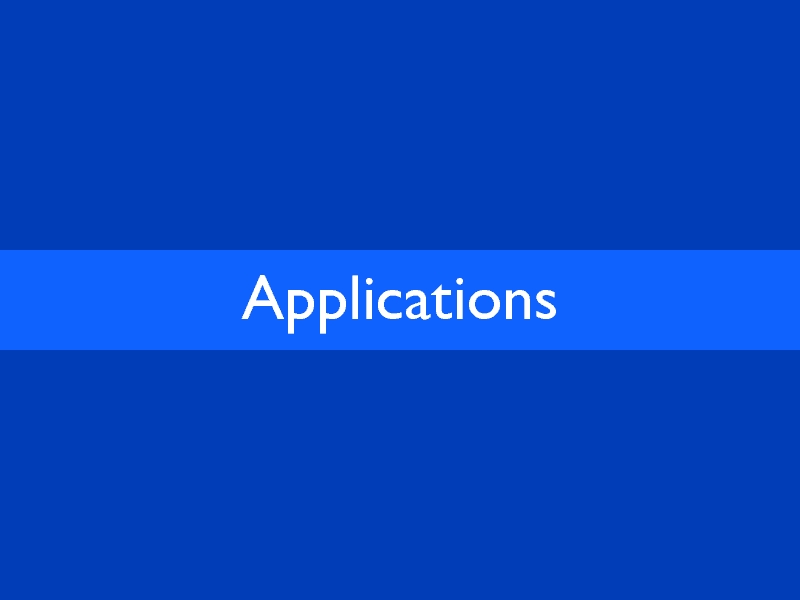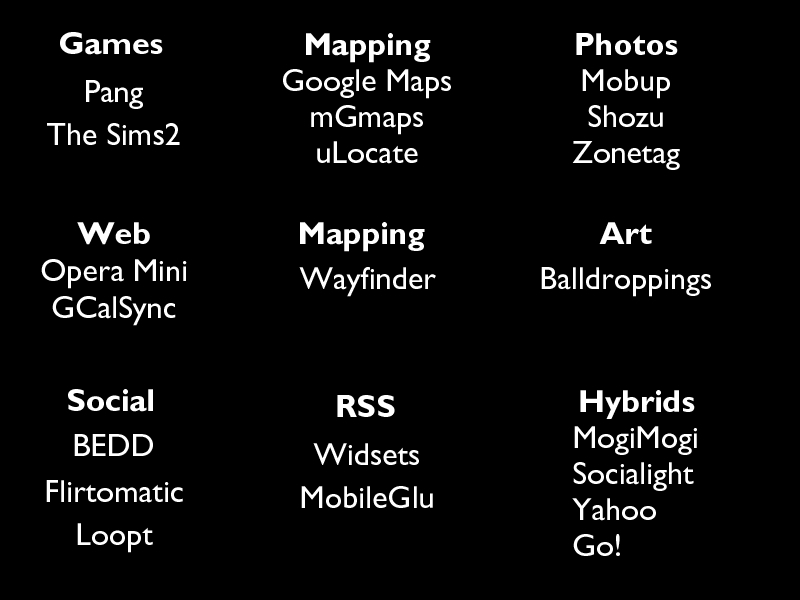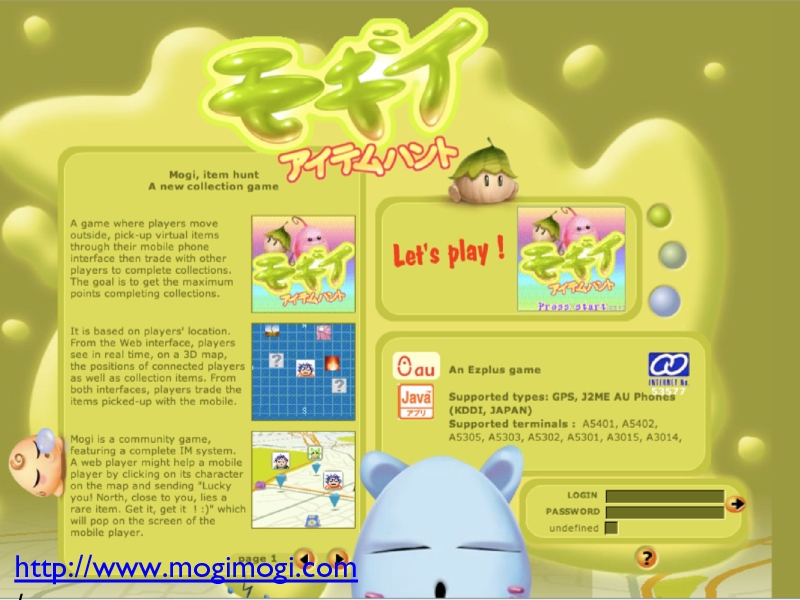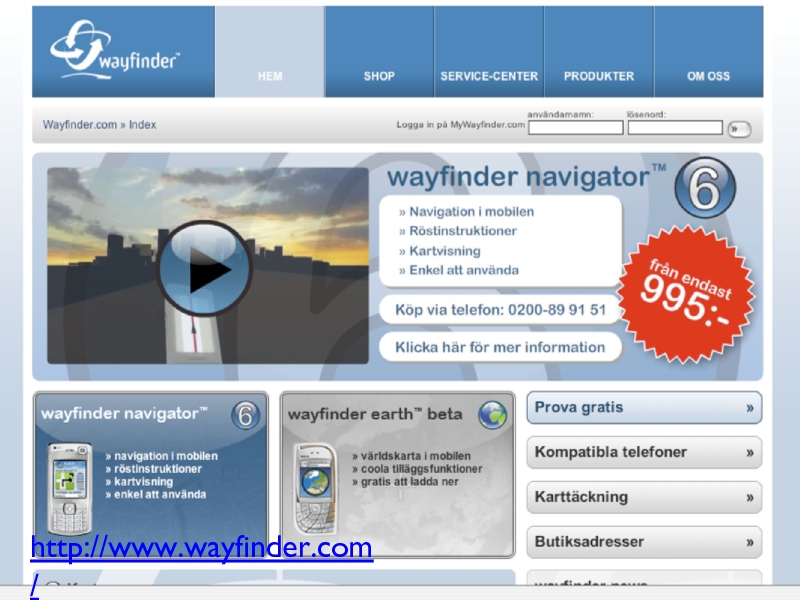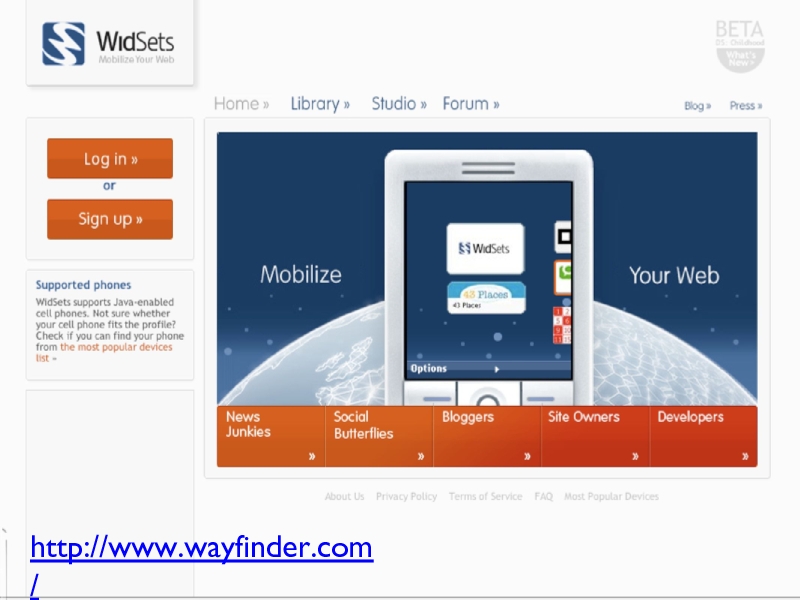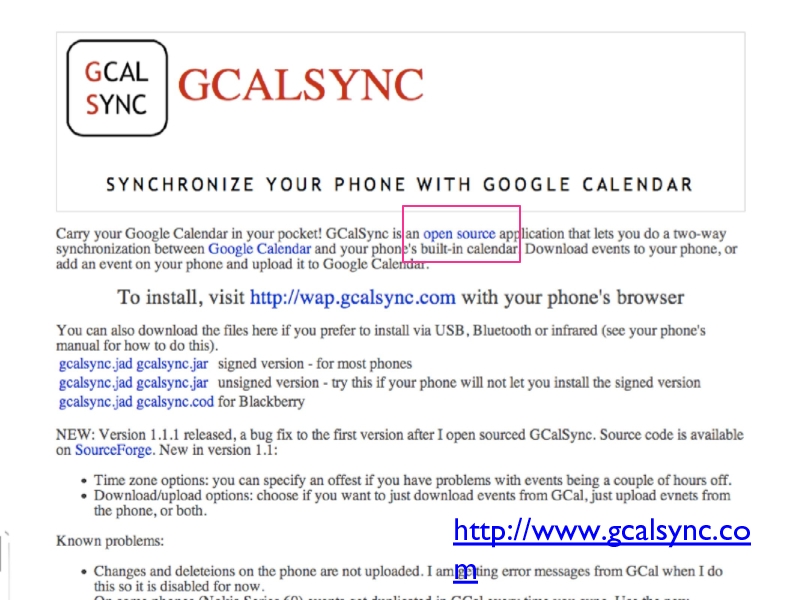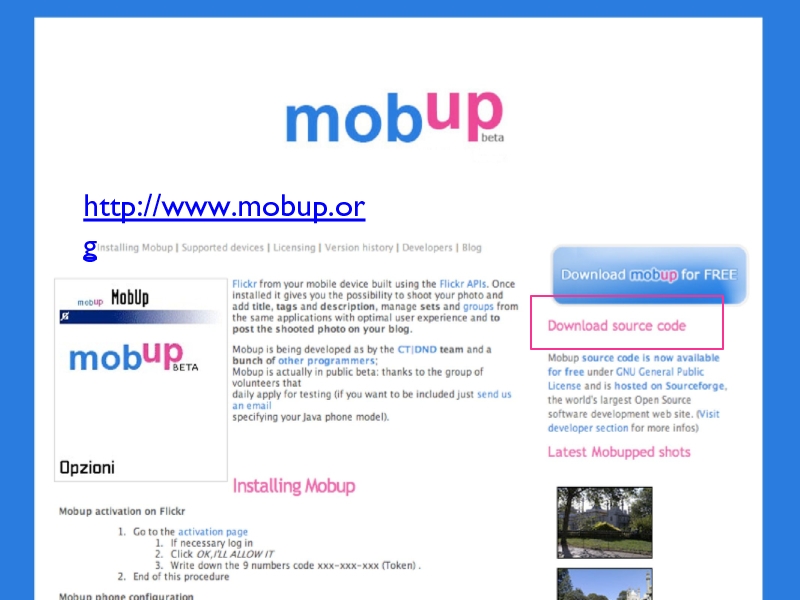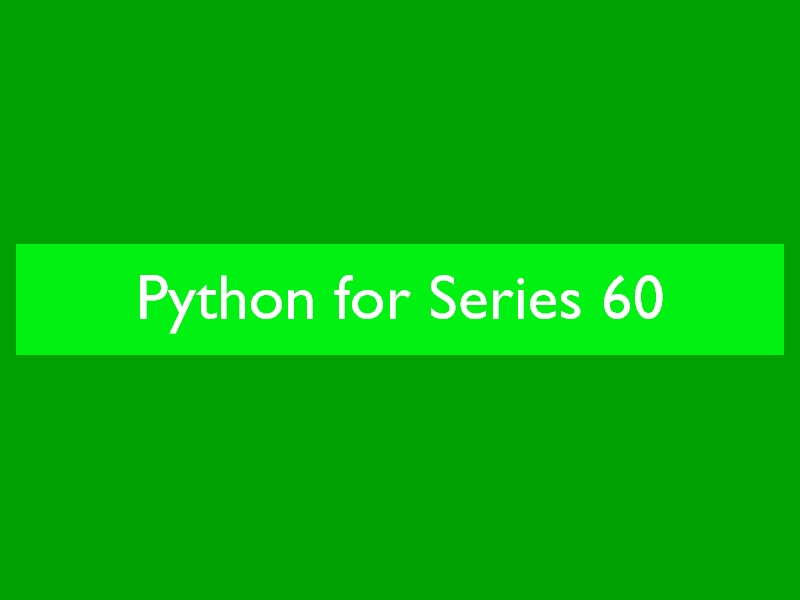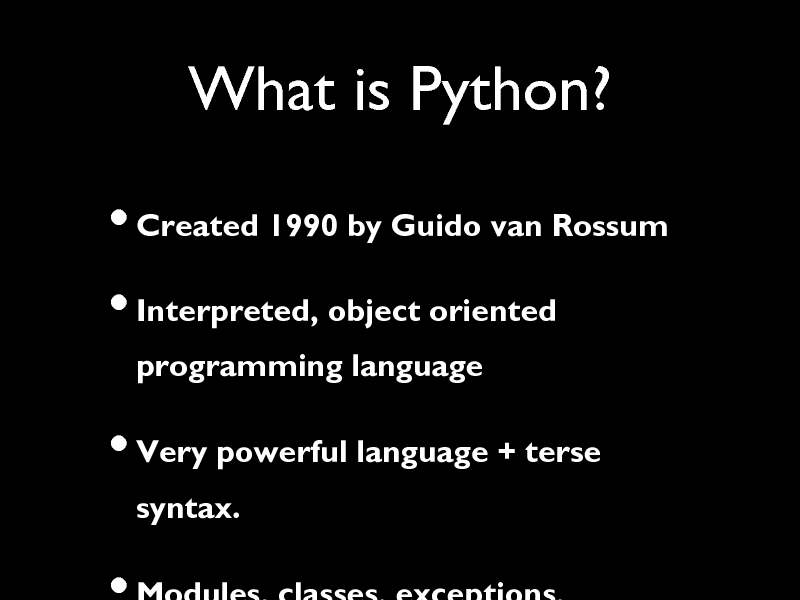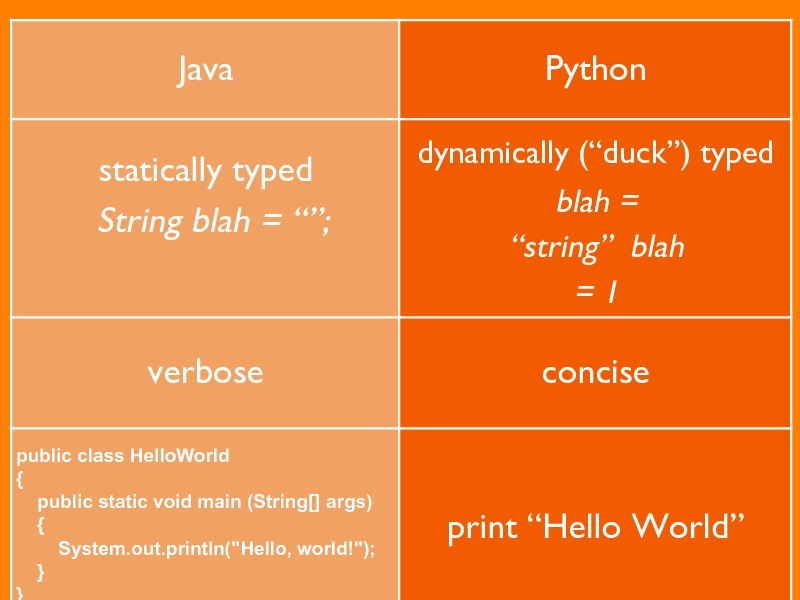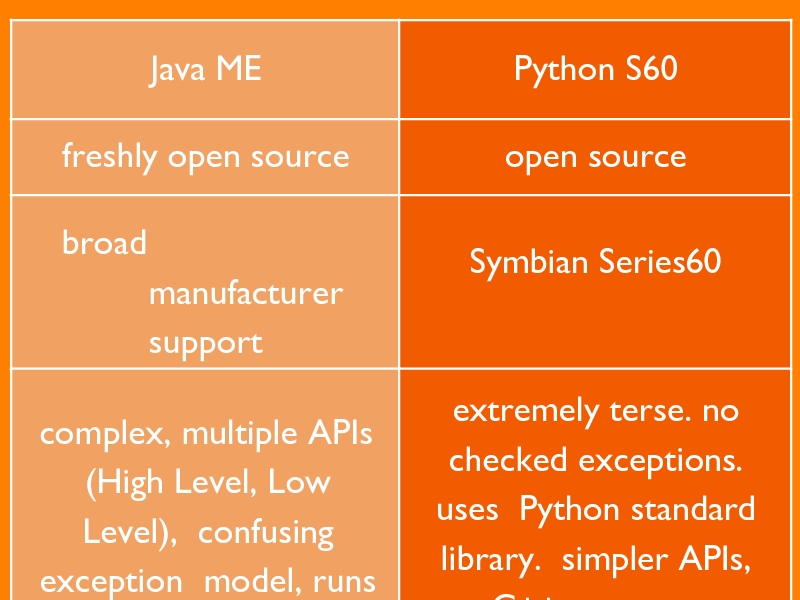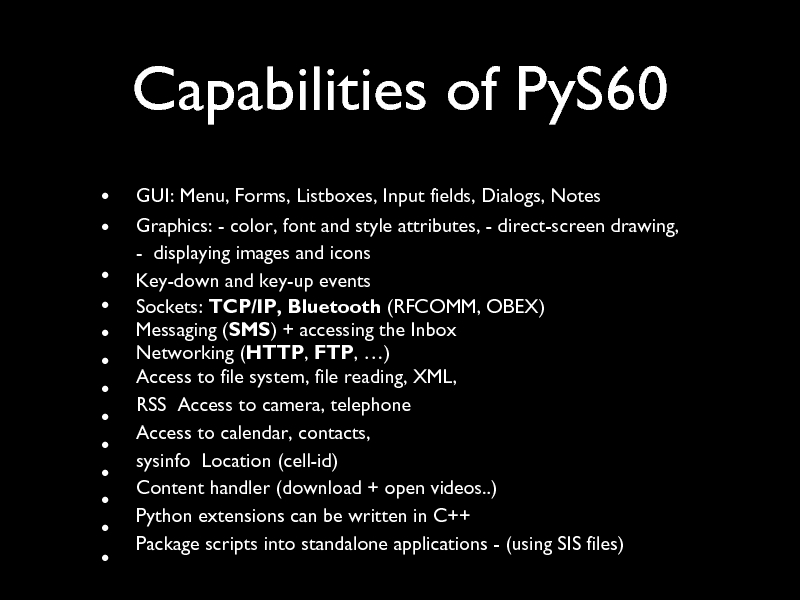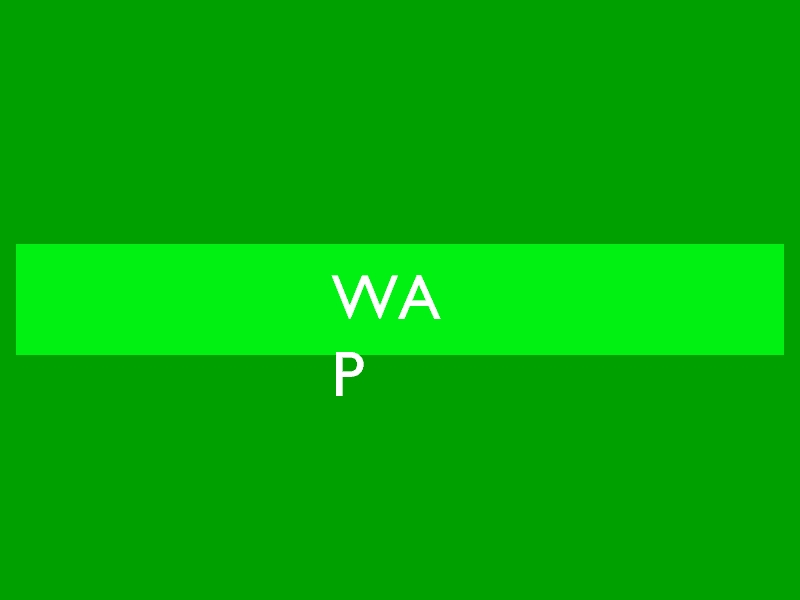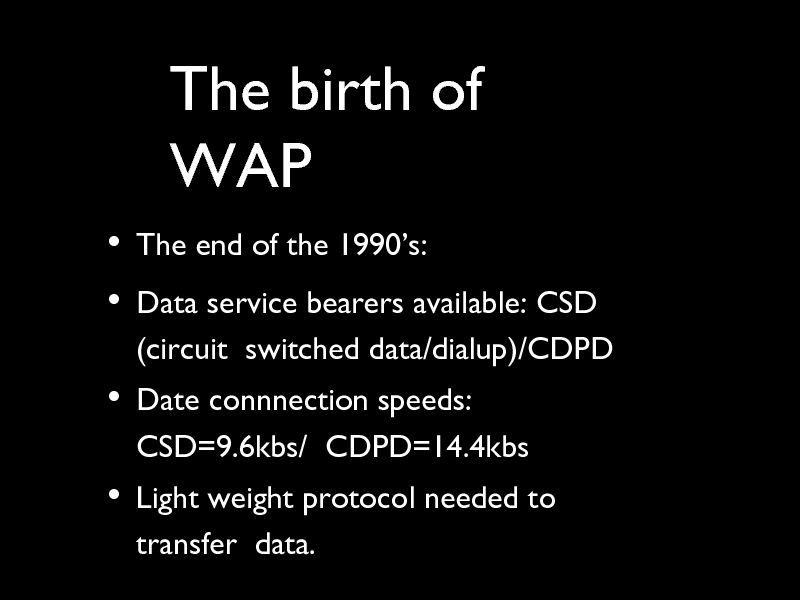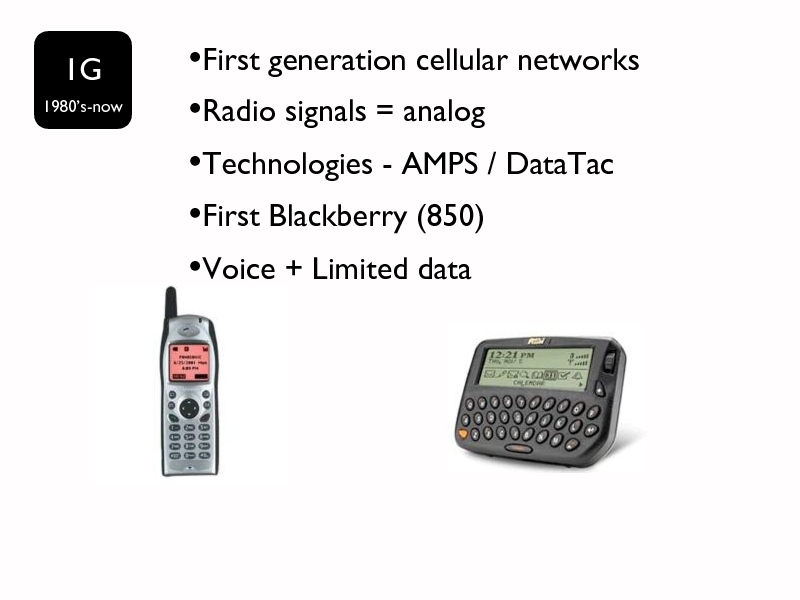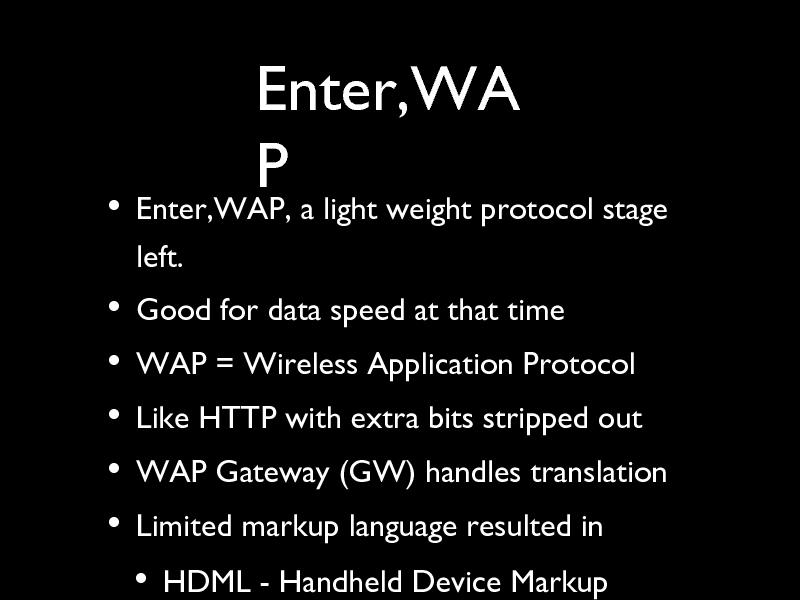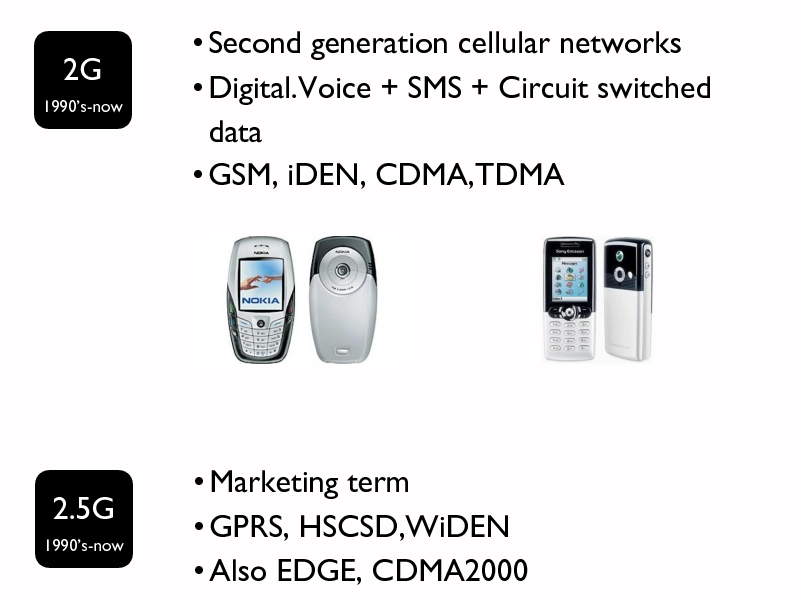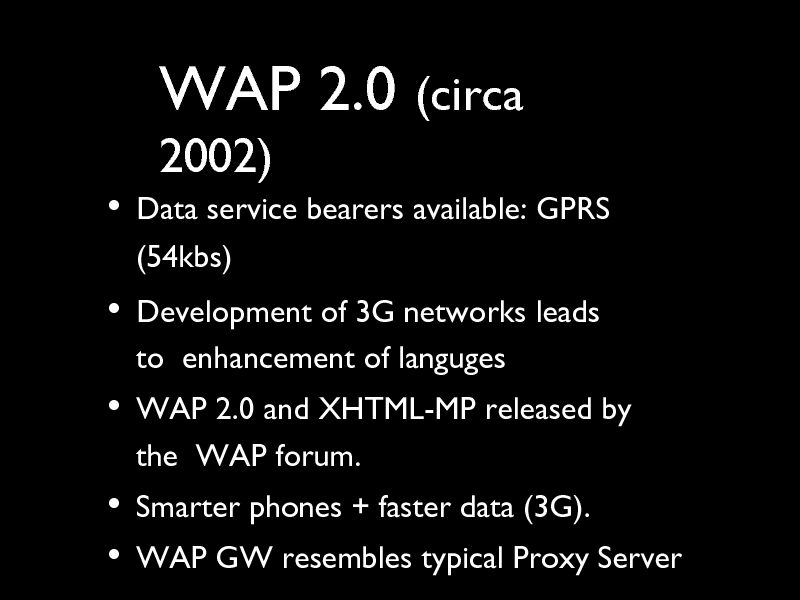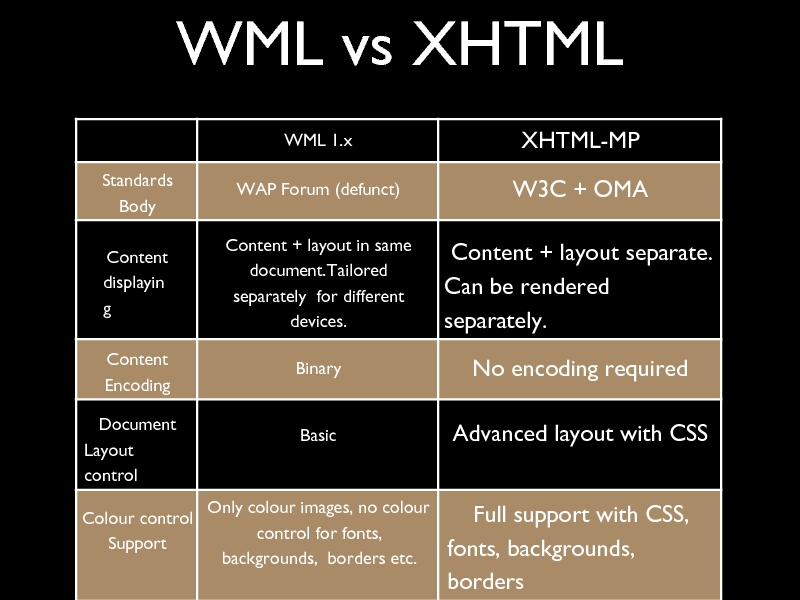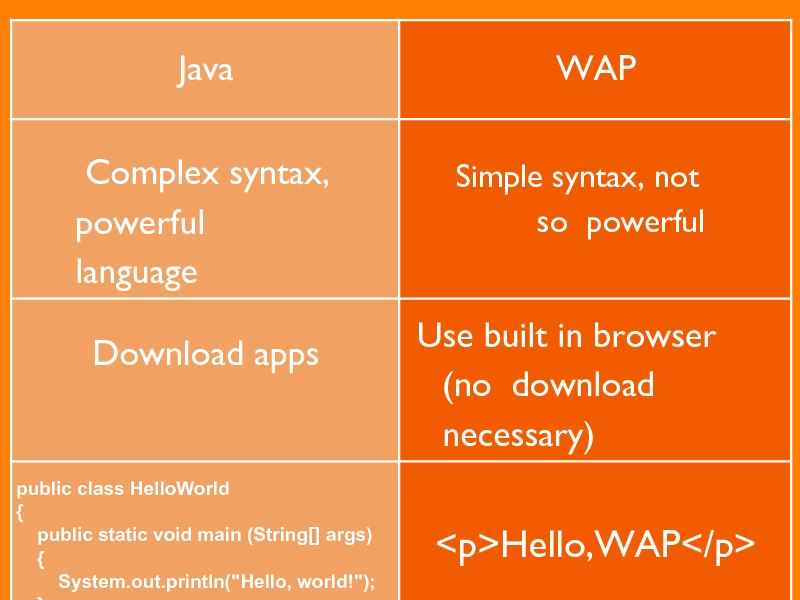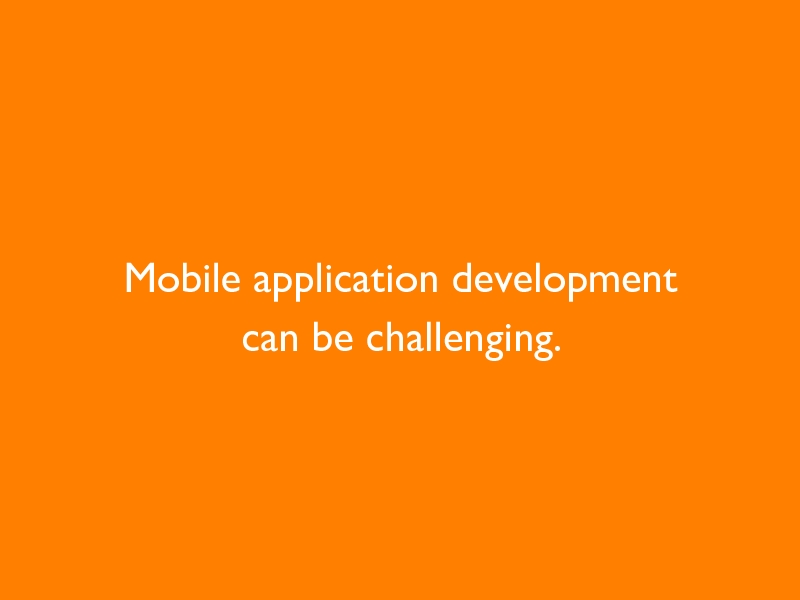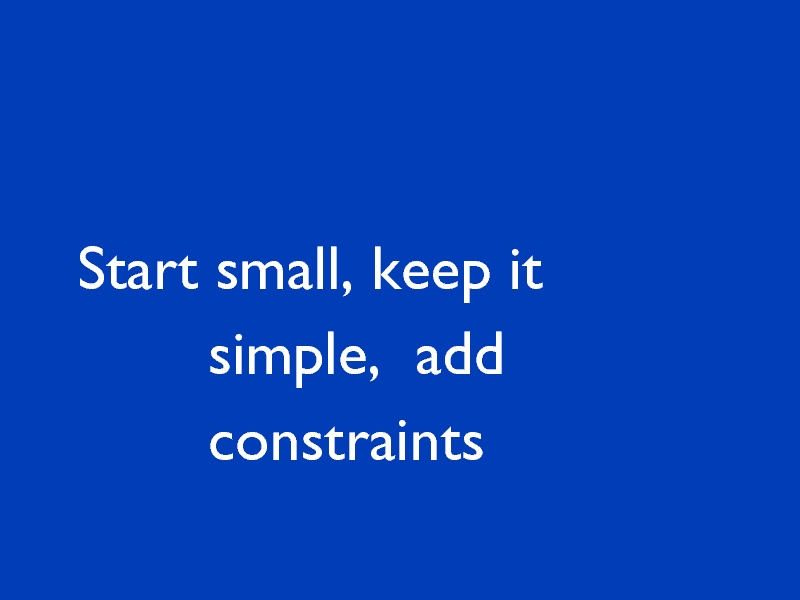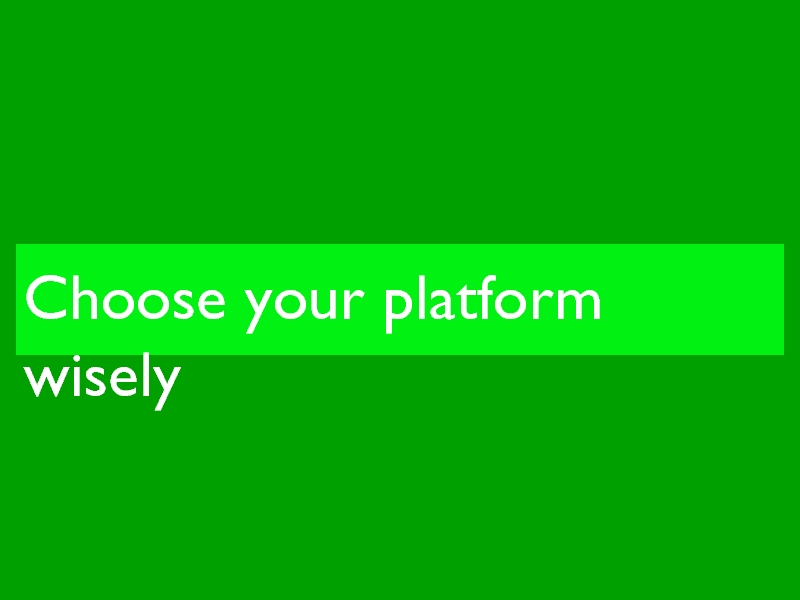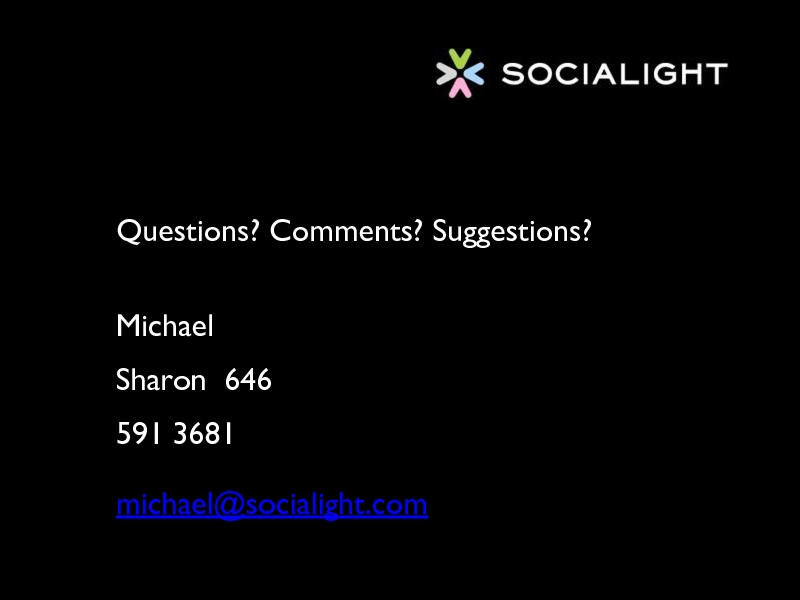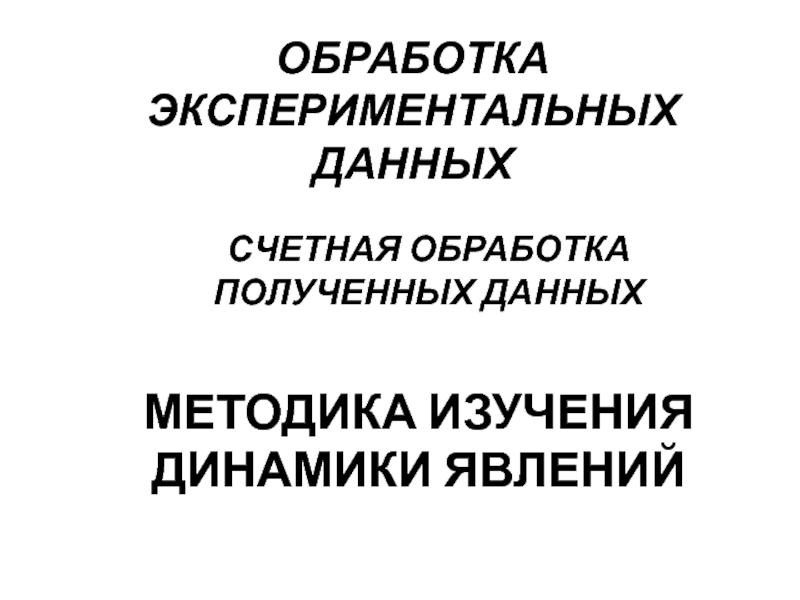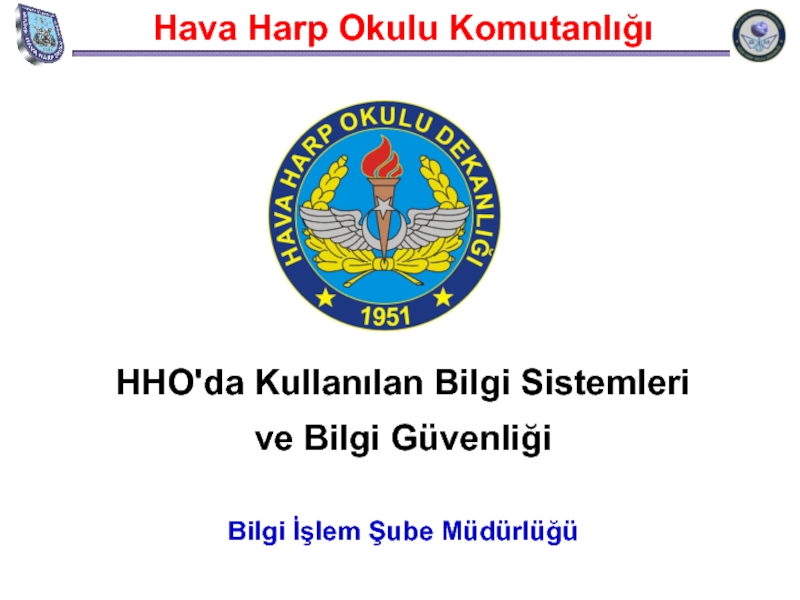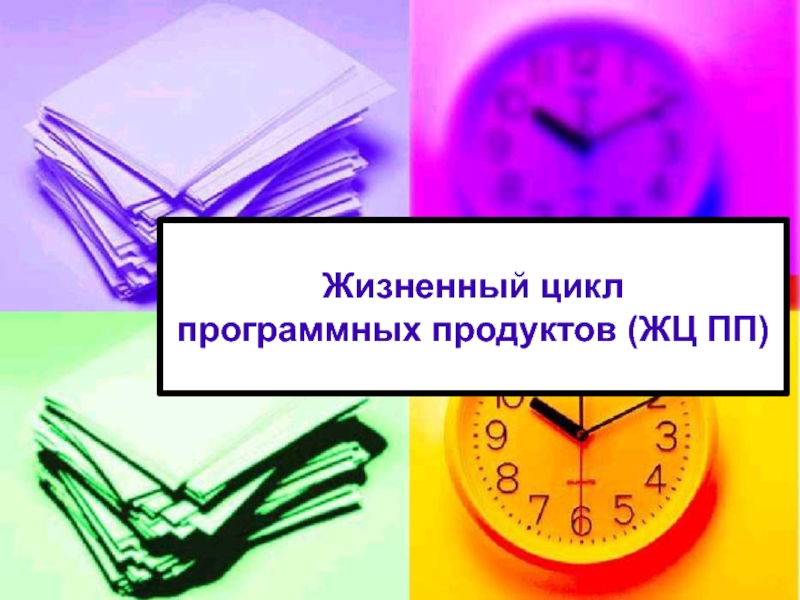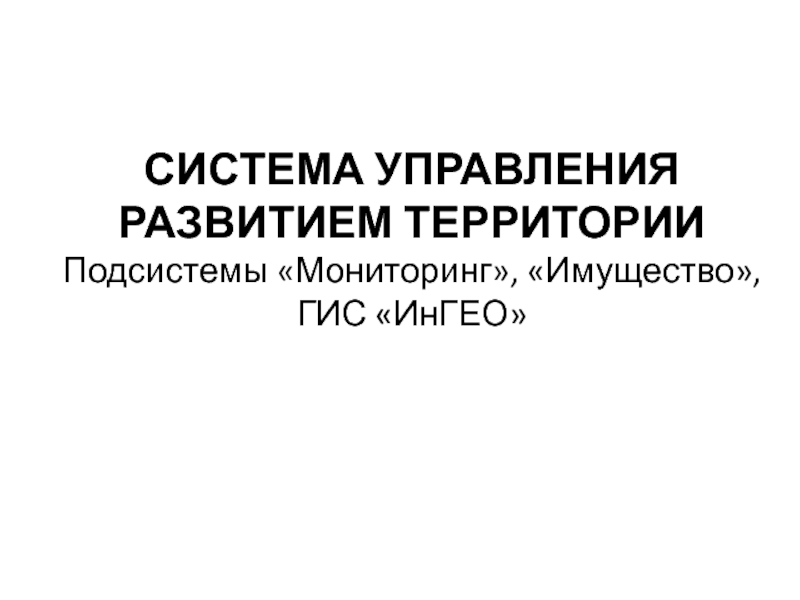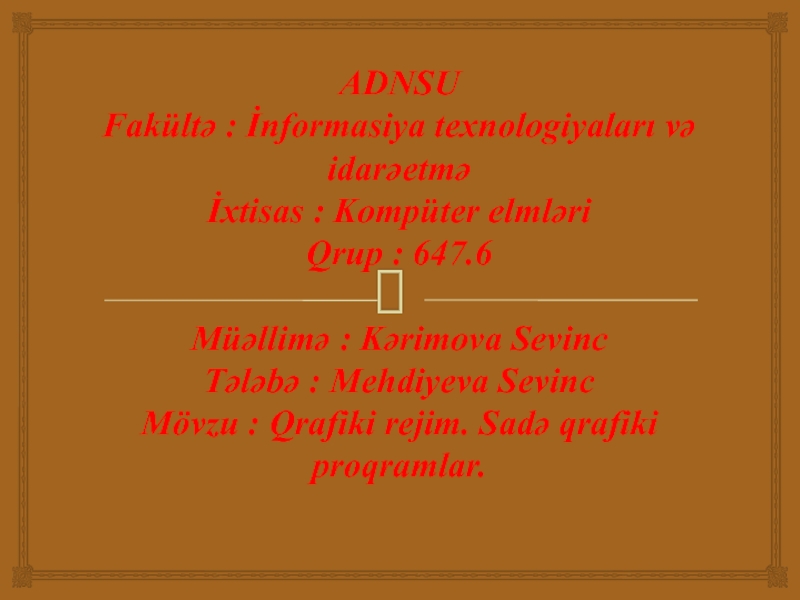- Главная
- Разное
- Дизайн
- Бизнес и предпринимательство
- Аналитика
- Образование
- Развлечения
- Красота и здоровье
- Финансы
- Государство
- Путешествия
- Спорт
- Недвижимость
- Армия
- Графика
- Культурология
- Еда и кулинария
- Лингвистика
- Английский язык
- Астрономия
- Алгебра
- Биология
- География
- Детские презентации
- Информатика
- История
- Литература
- Маркетинг
- Математика
- Медицина
- Менеджмент
- Музыка
- МХК
- Немецкий язык
- ОБЖ
- Обществознание
- Окружающий мир
- Педагогика
- Русский язык
- Технология
- Физика
- Философия
- Химия
- Шаблоны, картинки для презентаций
- Экология
- Экономика
- Юриспруденция
An Introduction ToMobile Technologies and Services презентация
Содержание
- 1. An Introduction ToMobile Technologies and Services
- 2. Overview What does “mobile” mean? Components
- 3. 1.What does “mobile” mean?
- 4. Mobile From
- 5. Mobile device
- 6. Multimedia Computer Reinvented Phone
- 7. Many devices. Many manufacturers. Many formats.
- 9. Mobile device manufacturers Samsung Nokia SonyEricsson
- 11. Air interface Data bearer Mobile operator
- 12. why mobile?
- 13. cameras microphone PTT GPRS CDMA colour
- 14. Mobile evolution (briefly)
- 16. G -
- 17. Early mobile phones Expensive In cars/trucks/briefcases Voice only 0G 1946-1980’s
- 18. First generation cellular networks Radio signals
- 19. Second generation cellular networks Digital.Voice +
- 20. GSM Global
- 21. GPRS General
- 22. iDEN Integrated
- 23. CDMA Code
- 24. Third generation cellular networks Broadband data
- 25. some refreshing statistics
- 26. 2.The State of the Industry
- 27. Operators in the US
- 28. Sprint (Nextel + Boost), T-Mobile &
- 29. 3. Mobile Development Options
- 30. Mobile Development in 2007 is kinda like the web in 1997
- 31. Anybody remember ? ?
- 32. This is worse
- 33. 1997 Netscape vs Microsoft 2007 Symbian vs
- 34. Java ME
- 35. Flash Lite
- 36. Symbian Operating
- 37. Python for
- 38. BREW Binary
- 39. WAP Wireless
- 40. sources: http://www.biskero.org/?p=430, http://alindh.iki.fi/2006/06/27/mobile-platform-statistics/, http://en.wikipedia.org/wiki/Mobile_development
- 41. sources: http://www.biskero.org/?p=430, http://alindh.iki.fi/2006/06/27/mobile-platform-statistics/, http://en.wikipedia.org/wiki/Mobile_development
- 42. sources: http://www.biskero.org/?p=430, http://alindh.iki.fi/2006/06/27/mobile-platform-statistics/, http://en.wikipedia.org/wiki/Mobile_development
- 43. Java ME (J2ME)
- 44. Java Sources Java Community Process -
- 45. Java VM
- 46. A typical Java ME stack Configurations
- 47. 1. Configurations: CLDC Connected Limited Device
- 48. 2. Profiles: MIDP Mobile Information Device
- 49. 3. Optional Packages Bluetooth API (JSR
- 50. MIDP 3.0 AKA “The Future” Background
- 51. MIDlets MIDlets
- 52. Applications
- 53. Games Pang The Sims2 Mapping Google
- 54. http://www.mogimogi.com/
- 55. http://www.wayfinder.com/
- 56. http://www.wayfinder.com/
- 57. http://www.gcalsync.com
- 58. http://www.mobup.org
- 59. Python for Series 60
- 60. What is Python? Created 1990 by
- 63. Capabilities of PyS60 • • •
- 64. WAP
- 65. The birth of WAP The end
- 66. First generation cellular networks Radio signals
- 67. Enter,WAP Enter,WAP, a light weight protocol
- 68. Second generation cellular networks Digital.Voice +
- 69. WAP 2.0 (circa 2002) Data service
- 70. Third generation cellular networks Broadband data
- 71. WML vs XHTML
- 73. Mobile application development can be challenging.
- 74. Start small, keep it simple, add constraints
- 75. Choose your platform wisely
- 76. Thanks!
- 77. Questions? Comments? Suggestions? Michael Sharon 646 591 3681 michael@socialight.com
Слайд 1An Introduction To Mobile Technologies and Services
by Michael Sharon, Co-founder /
Слайд 2
Overview
What does “mobile” mean?
Components
Typical device features
The state of the industry
Operators, Devices,
Mobile development options
Types of devices
OSes, languages, platforms
Applications
Слайд 4
Mobile
From the Latin mobilis - “to move”
“able to move freely or
“able or willing to move freely or easily between occupations, places of residence and social classes”
Device, state of being, industry
Слайд 5
Mobile device
Mobile, wireless or cellular phone - a portable, handheld communications
AKA keitai, personal handy phone WARNING: Jargon & Acronym laden
Слайд 9
Mobile device manufacturers
Samsung
Nokia
SonyEricsson
Apple
LG
BenQ
Motorola
Sharp
Sanyo
Kyocera
RIM
Palm
Fujitsu
Слайд 11
Air interface
Data bearer
Mobile operator
Mobile UI
Deployment
Mobile OS
Platform
Language
Mobile development ecosystem
Packaging
Publishing
Certification
Слайд 12
why mobile?
one handed use
limited (input, processing, battery life)
rich (sensors, usage) small!
truly
Слайд 13
cameras
microphone
PTT GPRS CDMA
colour
Bluetooth WAP
GPS
Mobile phone capabilities
1990
2000
2007
TDMA GSM
ringtones monochrome
text graphics images
voice speaker
WiFi EDGE
UMTS W-CDMA
NFC
RFID
WiMax
Слайд 16
G - 1/2/3/4 G
G refers to the different generations of mobile
First generation (1G) cellphones were analog devices. Second generation (2G) devices were digital, and third generation (3G) allows for voice, data and advanced services.
Слайд 18
First generation cellular networks
Radio signals = analog
Technologies - AMPS / DataTac
First
Voice + Limited data
1G
1980’s-now
Слайд 19
Second generation cellular networks
Digital.Voice + SMS + Circuit switched data
GSM, iDEN,
2G
1990’s-now
2.5G
1990’s-now
Marketing term
GPRS, HSCSD,WiDEN
Also EDGE, CDMA2000 1x-RTT
Слайд 20
GSM
Global System for Mobile Communications
GSM is the most popular standard for
US Operators = T-Mobile, Cingular
* according to this http://en.wikipedia.org/wiki/GSM
Слайд 21
GPRS
General Packet Radio Services
A mobile data service for use on GSM
Part of the 2.5G standards family
Слайд 22
iDEN
Integrated Digital Enhanced Network
A second generation (2G) mobile telecommunications standard developed
US Operators = Sprint-Nextel / Boost
Слайд 23
CDMA
Code Division Multiple Access
A second generation (2G) standard for mobile phones.
US
Слайд 24
Third generation cellular networks
Broadband data + voice, streaming video!
W-CDMA (UMTS, FOMA),
3G
2004-now
4G
the future!
“high-speed broadband for data- and visual- centric information”
Transmits data at 100mbps while moving and 1Gbs while standing still
Слайд 25
some refreshing statistics
3.2m Blackberries
50m PDAs
70m iPods
190m Gameboys
820m PCs
1.5bn TV sets
2bn+ Mobile
Source: Charlie Schick’s blog - http://cognections.typepad.com/lifeblog/2006/08/eh_kinda_quiet_.html
Слайд 28
Sprint (Nextel + Boost), T-Mobile & Cingular* support J2ME
* 3 out
Слайд 331997
Netscape vs Microsoft
2007
Symbian vs Flash Lite vs Java ME vs Python
vs .NET vs WAP vs Palm
Platform features / standards OEM APIs (Java)
$$ environment (contracts)
Mostly free development tools (except for BREW)
Convoluted development & painful deployment process
Proprietary features vs standards
Слайд 34
Java ME / J2ME
Java ME (formerly known as Java 2 Platform,
Слайд 35
Flash Lite
Flash Lite is a development platform created by Macromedia, based
v1.1 - most widely deployed, limited v2.x - improved experience, language
Слайд 36
Symbian
Operating system based on original PDAs from Psion. Largest installed base.
UIQ - SonyEricsson Series 60 - Nokia
MOAP - NTT Docomo FOMA
Слайд 37
Python for Series 60
Open source scripting language ported by Nokia
Only on
Python wrappers around low-level APIs, easy access to native OS features
Слайд 38
BREW
Binary Runtime Environment Wireless
Proprietary mobile device platform developed by Qualcomm.Development language
Certification and development process is expensive.
Слайд 39
WAP
Wireless Application Protocol
Originally used to describe lightweight protocol which used Wireless
Currently used to refer to Mobile Web, which uses XHTML MP/Basic + CSS.
Слайд 40
sources: http://www.biskero.org/?p=430, http://alindh.iki.fi/2006/06/27/mobile-platform-statistics/, http://en.wikipedia.org/wiki/Mobile_development
Слайд 41
sources: http://www.biskero.org/?p=430, http://alindh.iki.fi/2006/06/27/mobile-platform-statistics/, http://en.wikipedia.org/wiki/Mobile_development
Слайд 42
sources: http://www.biskero.org/?p=430, http://alindh.iki.fi/2006/06/27/mobile-platform-statistics/, http://en.wikipedia.org/wiki/Mobile_development
Слайд 44
Java Sources
Java Community Process - http://jcp.org
JSR specification requests
reference implementations
Sun - http://java.sun.com
SDK,
Manufacturer
SDKs, community, device emulators
Слайд 46
A typical Java ME stack
Configurations
specifies minimum Java technology that we can
Includes language, virtual machine features, core libraries
Profiles
layer defining APIs and specifications for a particular device or market - MIDP, FP
MIDlets
Optional Packages
includes additional functionality only supported by certain devices - e.g. Bluetooth API, Location API
Слайд 47
1. Configurations: CLDC
Connected Limited Device Configuration
specifies environment for mobile phone, pagers
160-512k
limited power / batteries
intermittent, low-bandwidth connectivity
CLDC 1.0
- May 2000, JSR 30
java.lang
CLDC 1.1
- Dec 2002, JSR 139
adds floating point support
bug fixes
Слайд 48
2. Profiles: MIDP
Mobile Information Device Profile
MIDP 1.0
December 2000, JSR 37
java.microedition.midlet
java.microedition.rms
java.microedition.lcdui
java.microedition.io.HttpConnection
MIDP 2.0
-
java.microedition.media
java.microedition.lcdui.game
MIDP 3.0
- Q3 2006? No! Sometime 2007...
Слайд 49
3. Optional Packages
Bluetooth API (JSR 82)
communication with Bluetooth devices
Wireless Messaging API
SMS, MMS, multi-part messages
Mobile Media API (JSR 135)
audio, video and multimedia
Location API (JSR 179)
interface to location services
Слайд 50
MIDP 3.0
AKA “The Future”
Background MIDlets (remember TSRs?)
Drawing to secondary displays
Improved large
Auto-start MIDlets
And much more... to forget about for the moment
Слайд 51
MIDlets
MIDlets are like Java applets for mobile devices.
Has a lifecycle with
Слайд 53
Games
Pang The Sims2
Mapping Google Maps mGmaps uLocate
Photos Mobup Shozu Zonetag
Web Opera
Mapping
Wayfinder
Art
Balldroppings
Social
BEDD
Flirtomatic Loopt
Hybrids MogiMogi Socialight Yahoo Go!
RSS
Widsets MobileGlu
Слайд 60
What is Python?
Created 1990 by Guido van Rossum
Interpreted, object oriented programming
Very powerful language + terse syntax.
Modules, classes, exceptions, dynamic typing
Слайд 63
Capabilities of PyS60
•
•
•
•
•
•
•
•
•
•
•
•
•
GUI: Menu, Forms, Listboxes, Input fields, Dialogs, Notes
Graphics: -
Key-down and key-up events
Sockets: TCP/IP, Bluetooth (RFCOMM, OBEX) Messaging (SMS) + accessing the Inbox Networking (HTTP, FTP, …)
Access to file system, file reading, XML, RSS Access to camera, telephone
Access to calendar, contacts, sysinfo Location (cell-id)
Content handler (download + open videos..) Python extensions can be written in C++
Package scripts into standalone applications - (using SIS files)
Слайд 65
The birth of WAP
The end of the 1990’s:
Data service bearers available:
Date connnection speeds: CSD=9.6kbs/ CDPD=14.4kbs
Light weight protocol needed to transfer data.
Слайд 66
First generation cellular networks
Radio signals = analog
Technologies - AMPS / DataTac
First
Voice + Limited data
1G
1980’s-now
Слайд 67
Enter,WAP
Enter,WAP, a light weight protocol stage left.
Good for data speed at
WAP = Wireless Application Protocol
Like HTTP with extra bits stripped out
WAP Gateway (GW) handles translation
Limited markup language resulted in
HDML - Handheld Device Markup Language
WML (established by the WAP Forum)
Слайд 68
Second generation cellular networks
Digital.Voice + SMS + Circuit switched data
GSM, iDEN,
2G
1990’s-now
2.5G
1990’s-now
Marketing term
GPRS, HSCSD,WiDEN
Also EDGE, CDMA2000 1x-RTT
Слайд 69
WAP 2.0 (circa 2002)
Data service bearers available: GPRS (54kbs)
Development of 3G
WAP 2.0 and XHTML-MP released by the WAP forum.
Smarter phones + faster data (3G).
WAP GW resembles typical Proxy Server
WAP GW is largely for legacy device support (WAP 1.1 devices)
Слайд 70
Third generation cellular networks
Broadband data + voice, streaming video!
W-CDMA (UMTS, FOMA),
3G
2004-now
4G
the future!
“high-speed broadband for data- and visual- centric information”
Transmits data at 100mbps while moving and 1Gbs while standing still
